I'll make sure each heading clearly indicates a complete design theme/style and includes bathroom-related keywords from my research.Designing an accessible bathroom requires thoughtful planning that prioritizes safety, independence, and comfort without sacrificing style. These spaces serve individuals with mobility challenges, aging adults, and families seeking universal design solutions. Modern handicap bathrooms seamlessly blend ADA compliance with contemporary aesthetics, featuring wider doorways, strategic grab bar placement, and innovative fixtures. From curbless showers to voice-activated technology, today's accessible designs offer countless possibilities for creating beautiful, functional spaces that accommodate diverse needs while enhancing quality of life for all users.
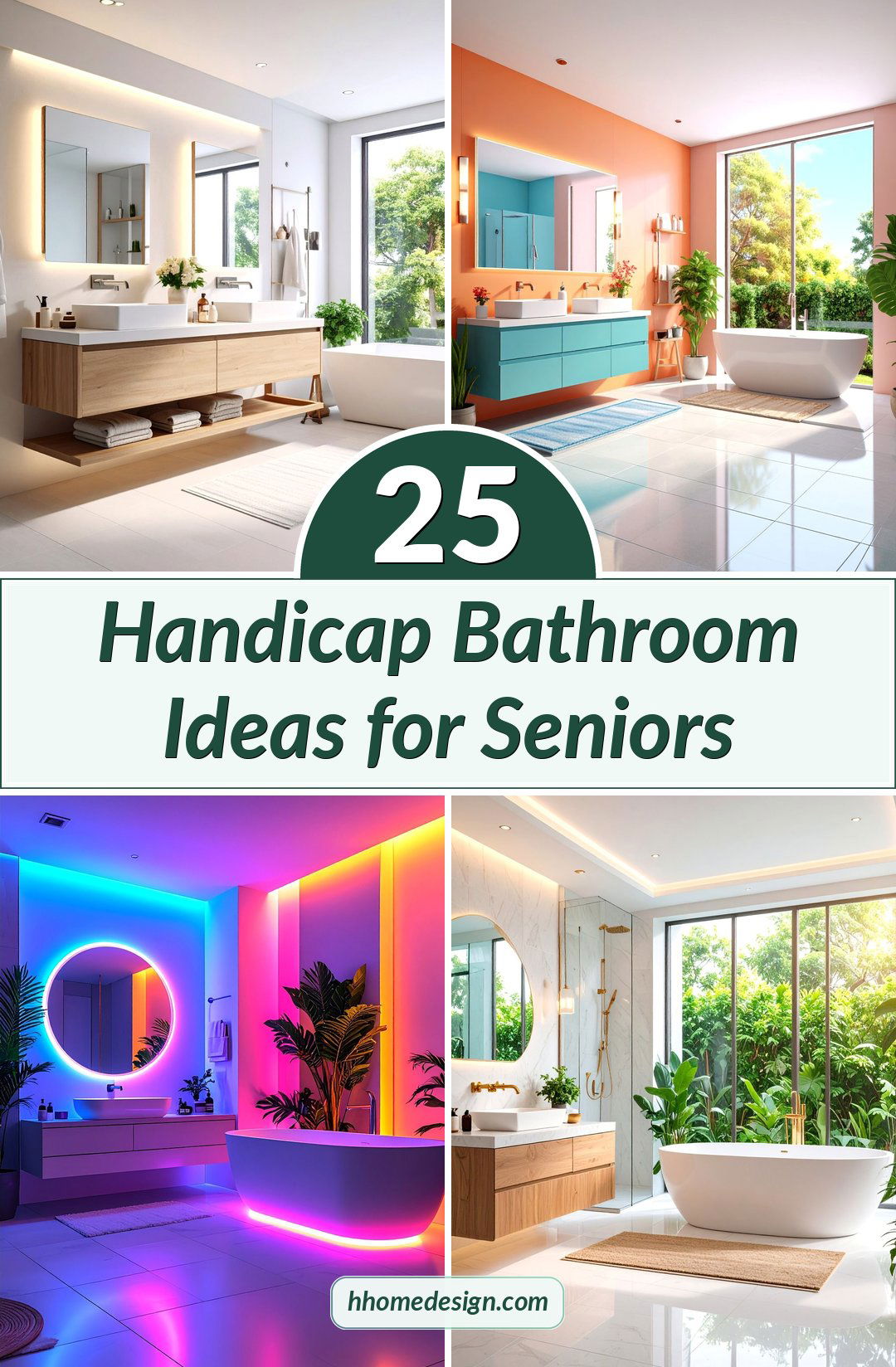
1. Curbless Walk-In Shower with Built-In Seating
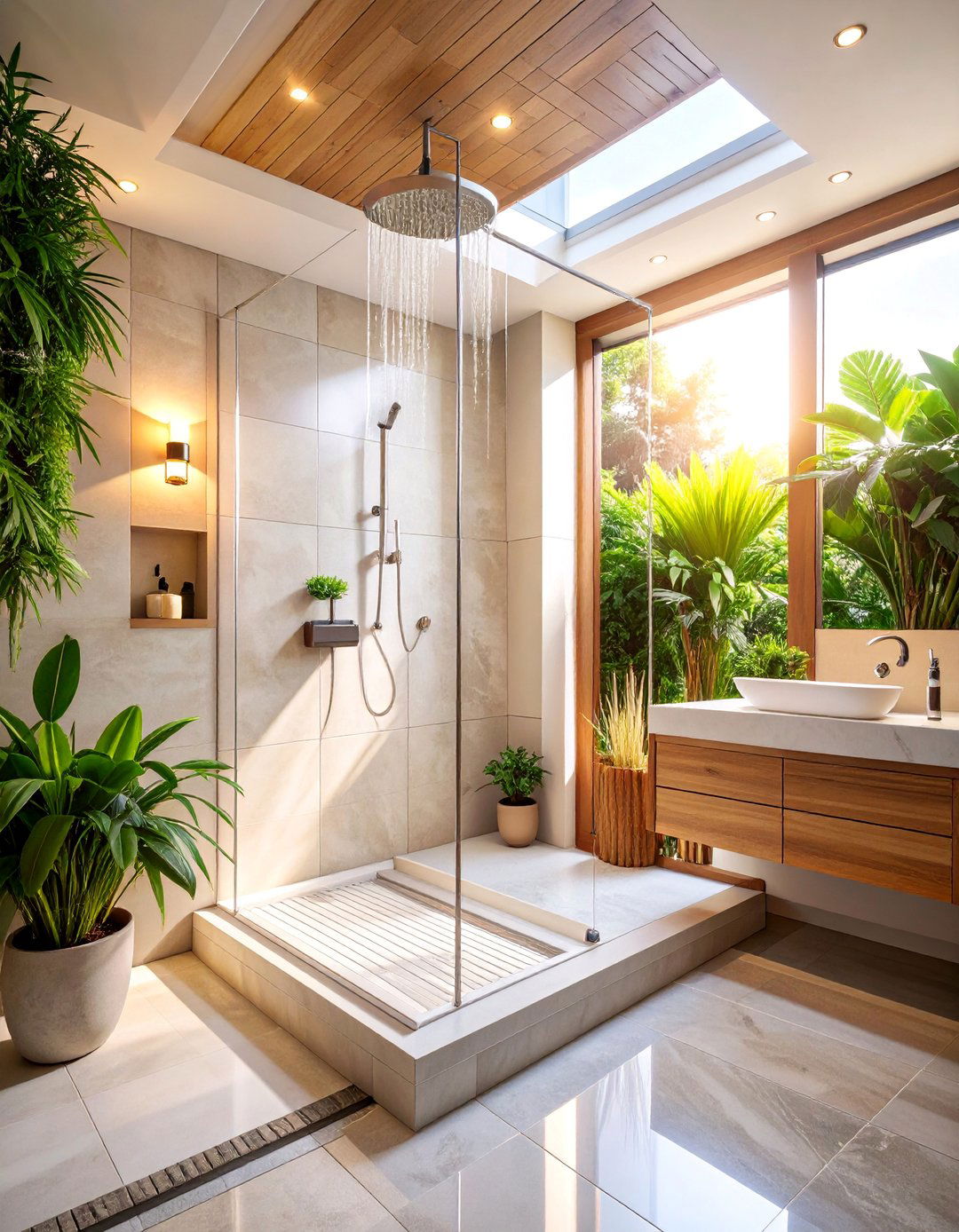
A curbless shower eliminates trip hazards while maintaining sleek modern aesthetics. This design features a zero-threshold entry with proper floor slope for drainage, complemented by a built-in corner bench crafted from matching tile or waterproof materials. The spacious 36-inch wide entry accommodates wheelchairs and walkers effortlessly. Wall-mounted grab bars in brushed nickel provide safety without compromising style, while a handheld showerhead offers flexibility for seated or standing use. Non-slip porcelain tiles with subtle texture ensure traction, and recessed lighting creates ambiance. This barrier-free design promotes independence while delivering spa-like luxury for users of all abilities.
2. Comfort Height Toilet Area with Integrated Support Rails

Comfort height toilets positioned 17-19 inches from the floor reduce strain on knees and joints while facilitating easier transfers. This design incorporates decorative grab bars that double as towel holders, seamlessly blending safety with functionality. A wall-mounted toilet creates additional floor space for wheelchair maneuvering, while ensuring proper clearance of 60 inches in diameter. The toilet paper dispenser sits within easy reach, and a bidet attachment adds hygiene convenience. Contrasting floor tiles provide visual guidance, and motion-sensor night lighting ensures safe navigation. This thoughtful configuration transforms a utilitarian space into an accessible sanctuary that maintains dignity and independence for all users.
3. Smart Technology Bathroom with Voice-Activated Controls
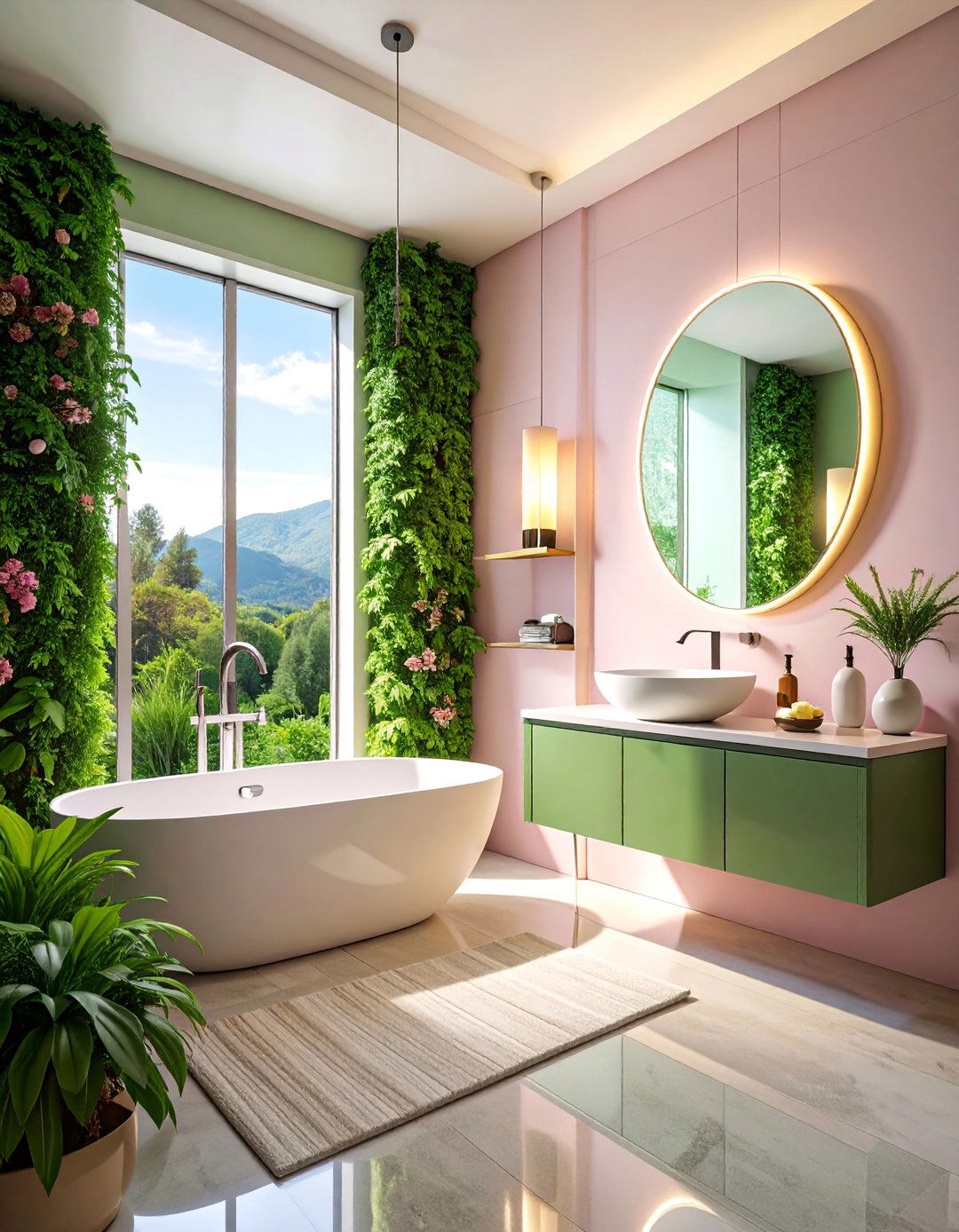
Voice-controlled fixtures transform bathroom accessibility through hands-free operation. Smart faucets respond to verbal commands for temperature and flow control, while motion-sensor toilets provide touchless flushing and heated seats. Digital shower systems allow users to preset temperature and spray patterns through smartphone apps or voice commands. Smart mirrors display weather, time, and health information while providing optimal lighting for grooming tasks. Motion-activated LED lighting ensures safe navigation without fumbling for switches. These integrated technologies particularly benefit users with limited dexterity or mobility, creating an intuitive environment where independence flourishes. The seamless integration of smart features maintains elegant aesthetics while revolutionizing bathroom accessibility.
4. Roll-In Shower Design with Multiple Spray Options
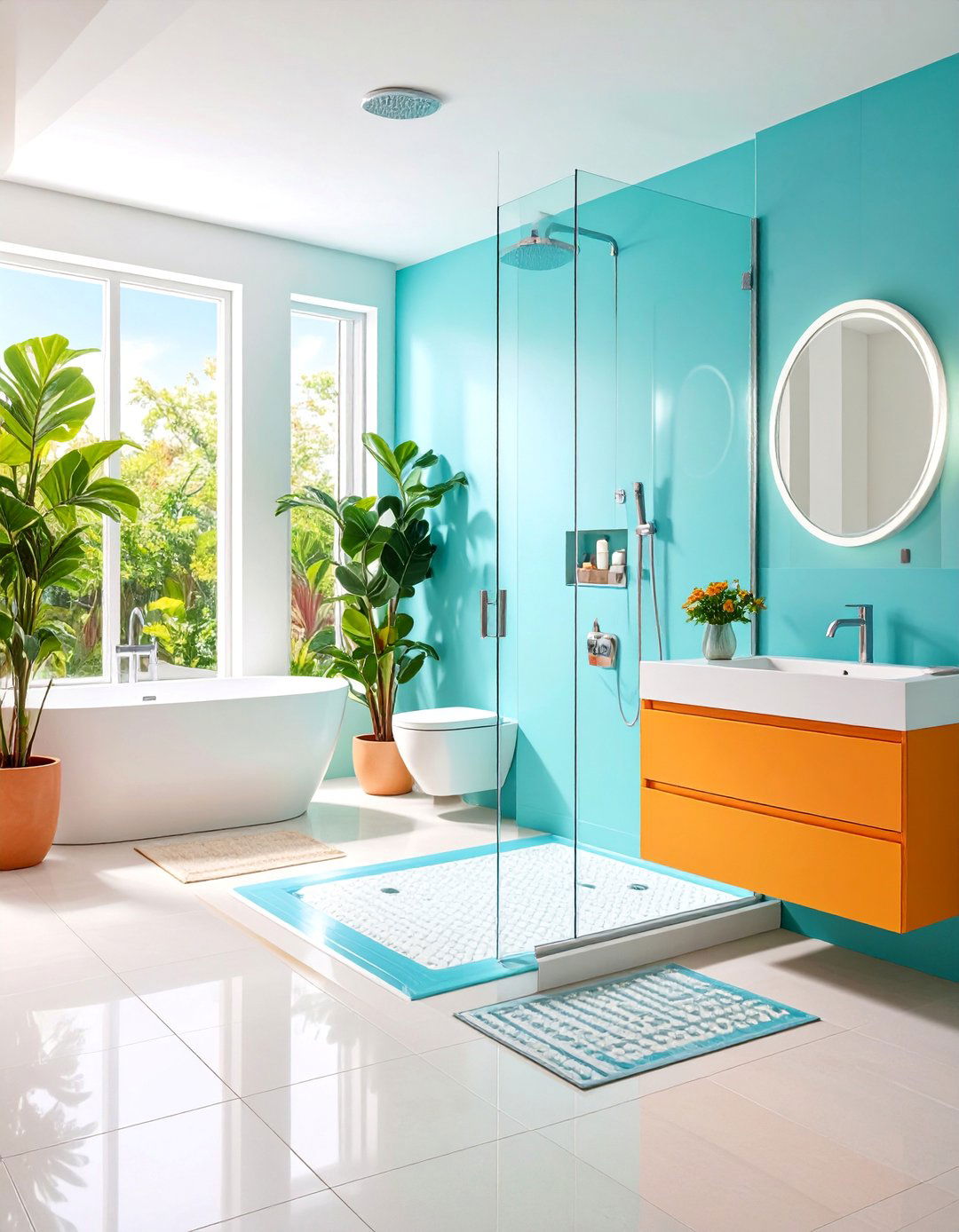
Roll-in showers accommodate wheelchair users with completely flat entries and spacious 60-inch by 30-inch interiors. Multiple shower heads provide customizable experiences, including overhead rain showers, adjustable wall-mounted fixtures, and handheld options with extended hoses. Built-in corner shelving keeps toiletries within reach, while fold-down seating offers flexible accommodation. Strategically placed grab bars follow ADA guidelines for placement and strength, supporting up to 300 pounds. The shower floor features linear drains that prevent water pooling while maintaining attractive contemporary styling. Temperature-controlled mixing valves prevent scalding, and pressure-balancing systems ensure consistent water flow. This design prioritizes safety and luxury for wheelchair users.
5. Floating Vanity with Wheelchair-Accessible Storage
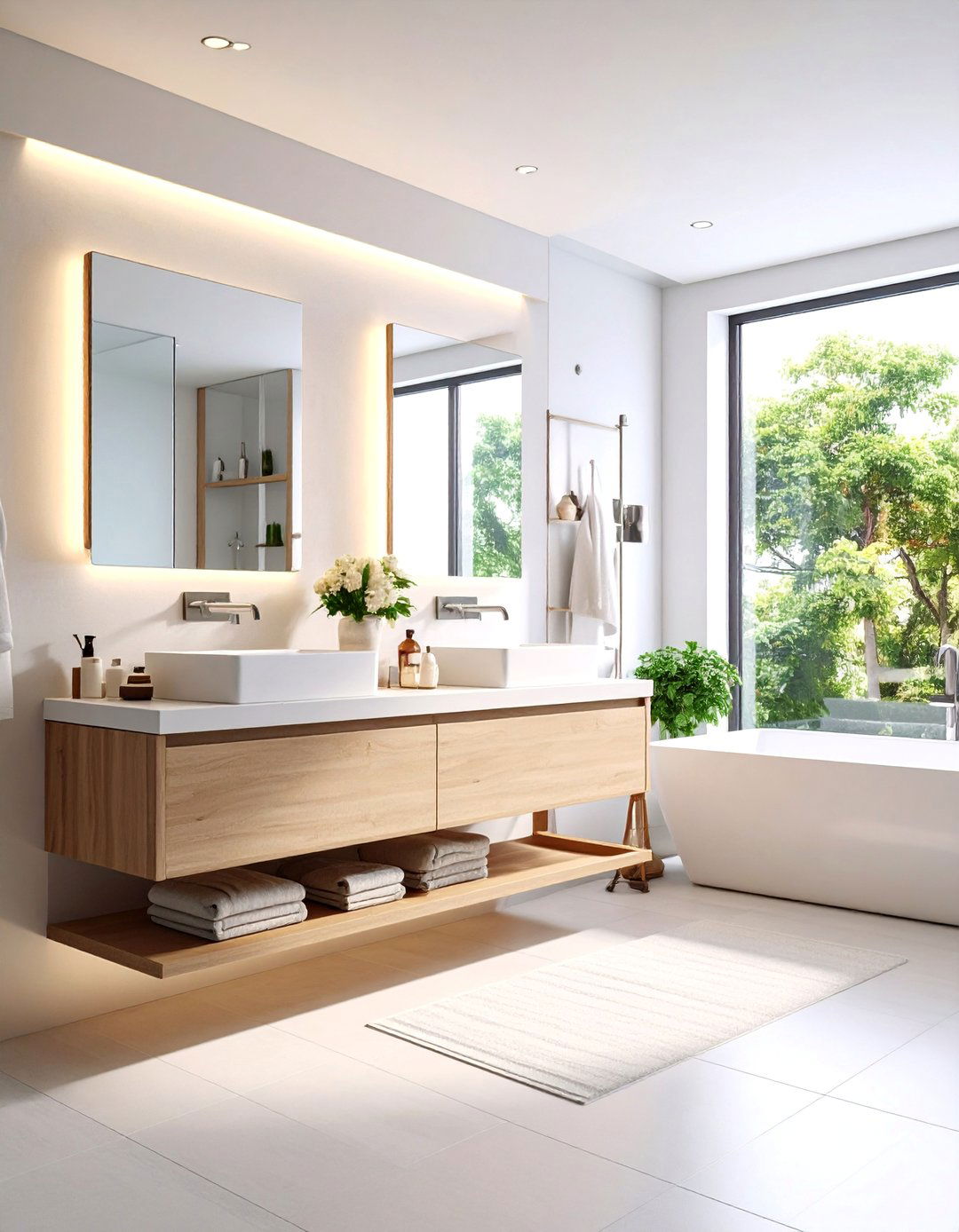
Wall-mounted floating vanities create essential knee space for wheelchair users while maintaining modern design appeal. The 34-inch height accommodates seated users comfortably, with open space beneath for easy wheelchair access. Soft-close drawers feature ergonomic D-shaped pulls that require minimal force to operate. Side storage cabinets provide ample space for toiletries and medical supplies within reach. The integrated sink basin eliminates sharp edges, while lever-style faucets ensure easy operation. Under-cabinet lighting illuminates the workspace, and tilted mirrors provide clear visibility for seated users. This design maximizes accessibility while delivering contemporary sophistication through clean lines and thoughtful functionality.
6. Walk-In Bathtub with Therapeutic Features
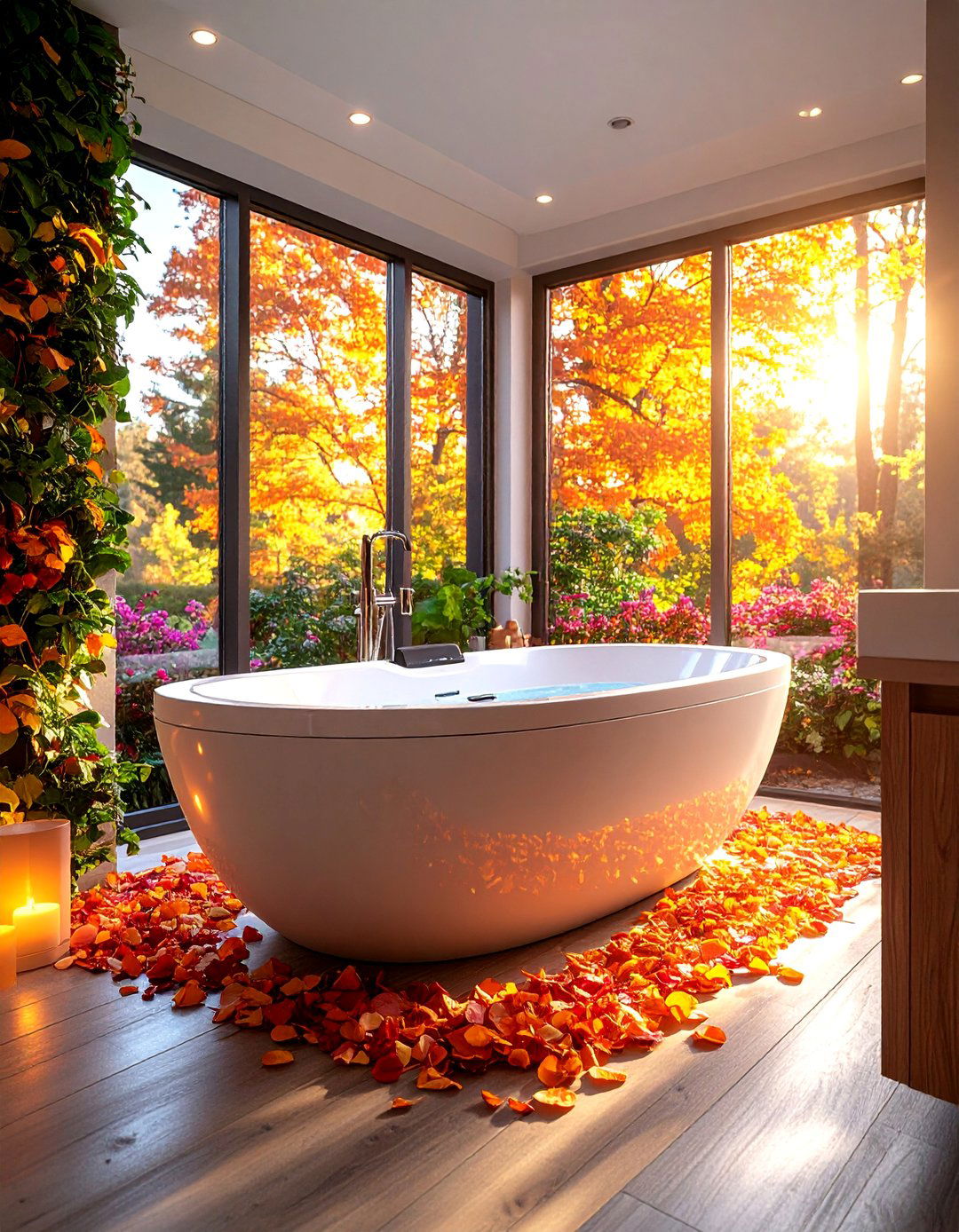
Walk-in tubs feature low-threshold doors that eliminate the need to step over high sides, providing safe entry for users with limited mobility. These therapeutic tubs include built-in seating, hydrotherapy jets, and chromotherapy lighting for healing benefits. Quick-drain technology minimizes wait times, while heated surfaces maintain comfort during filling and draining. Grab bars integrated into the design provide stability without appearing institutional. Digital controls allow precise temperature management, and emergency alert systems ensure safety. The tub's compact footprint fits standard bathroom spaces while delivering spa-like experiences. This solution particularly benefits users with arthritis, circulation issues, or mobility challenges seeking both safety and relaxation.
7. Wet Room Layout with Central Floor Drain

Wet room designs eliminate barriers between shower and bathroom areas, creating seamless accessibility for all users. The entire floor slopes gently toward a central drain, allowing wheelchair users complete freedom of movement. Waterproof wall treatments extend from floor to ceiling, while slip-resistant flooring ensures safety throughout. A fold-down shower seat mounts discretely when not needed, and multiple grab bars provide support at various heights. Ceiling-mounted shower tracks allow curtains to create privacy zones without permanent barriers. This European-inspired design maximizes space efficiency while providing the ultimate accessible bathing environment that accommodates caregivers and adaptive equipment.
8. Traditional Style Bathroom with Hidden Accessibility Features
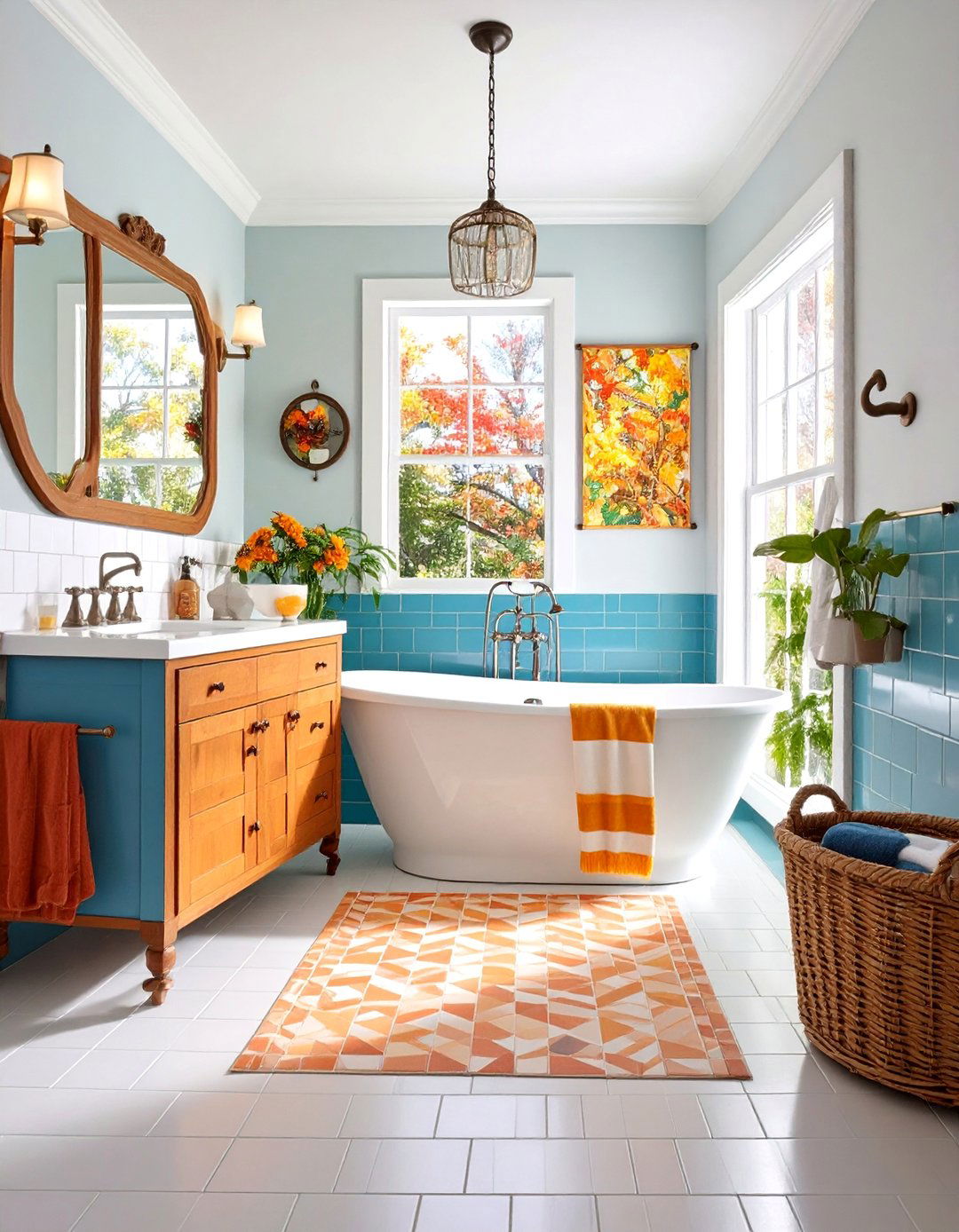
Classic design elements disguise accessibility features for timeless appeal. Decorative grab bars appear as elegant towel warming rails, while comfort height toilets blend seamlessly with traditional fixtures. A pedestal sink modified with hidden knee space maintains period aesthetics while accommodating wheelchairs. Vintage-style lever faucets provide easy operation, and subway tiles create visual interest while offering slip resistance. Crown molding conceals LED strip lighting that provides even illumination. Traditional wainscoting includes tactile elements for navigation assistance. This design proves accessibility doesn't require sacrificing style, allowing homeowners to maintain their preferred aesthetic while incorporating essential safety features that support aging in place.
9. Minimalist Zen Bathroom with Universal Design Elements
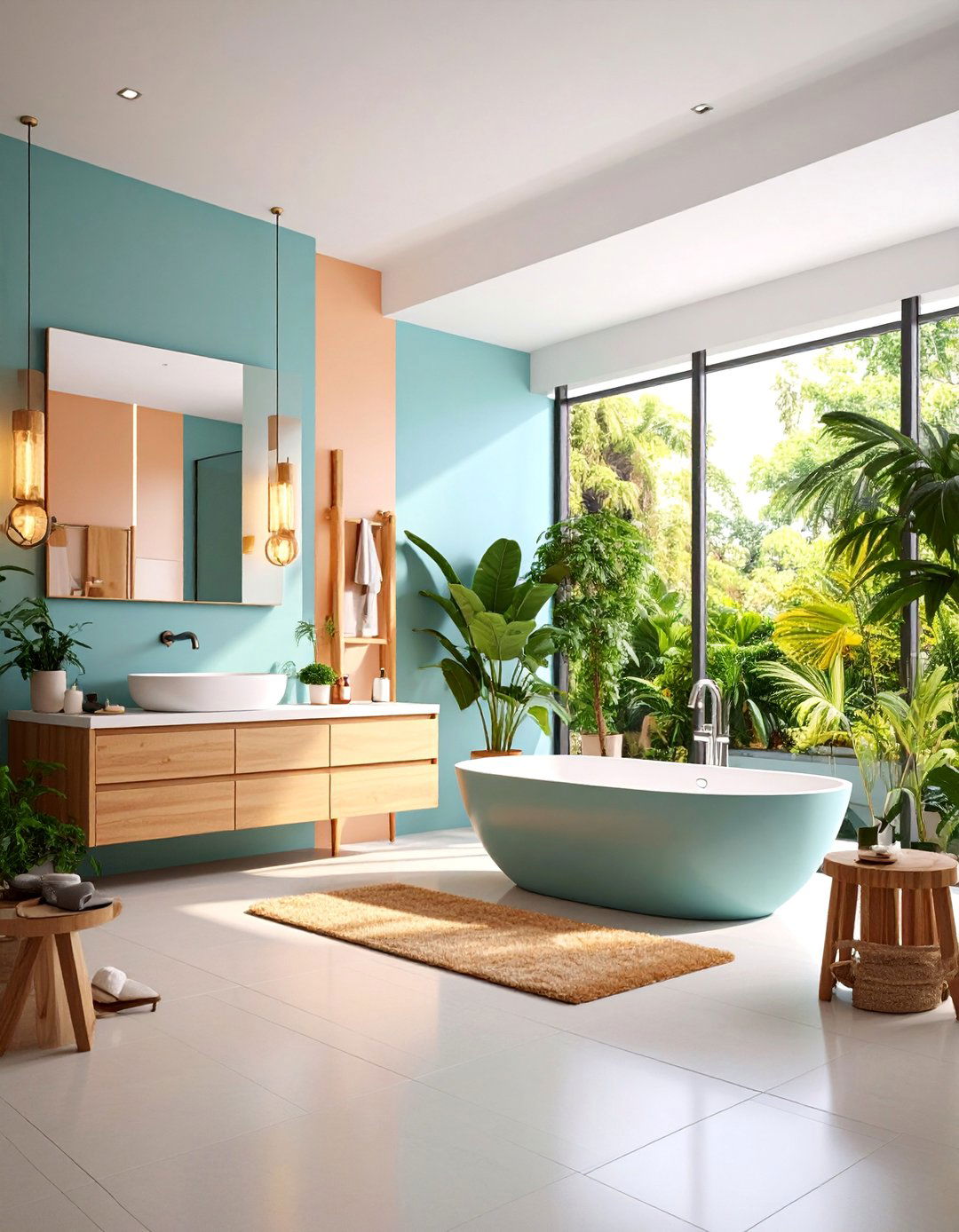
Clean lines and neutral palettes create calming environments that support wellness and accessibility. This minimalist approach features a floating toilet with concealed tank, reducing visual clutter while maintaining wheelchair clearance. A vessel sink on a wall-mounted vanity provides knee space, while hidden storage keeps surfaces clear. Natural materials like bamboo and stone offer slip-resistant textures with spa-like appeal. Discrete grab bars in matching finishes blend invisibly with the design, and curbless showers use continuous flooring for seamless transitions. Large format tiles minimize grout lines and maintenance, while skylights provide natural lighting that reduces shadows and enhances safety throughout the space.
10. Multi-Generational Family Bathroom with Adjustable Features
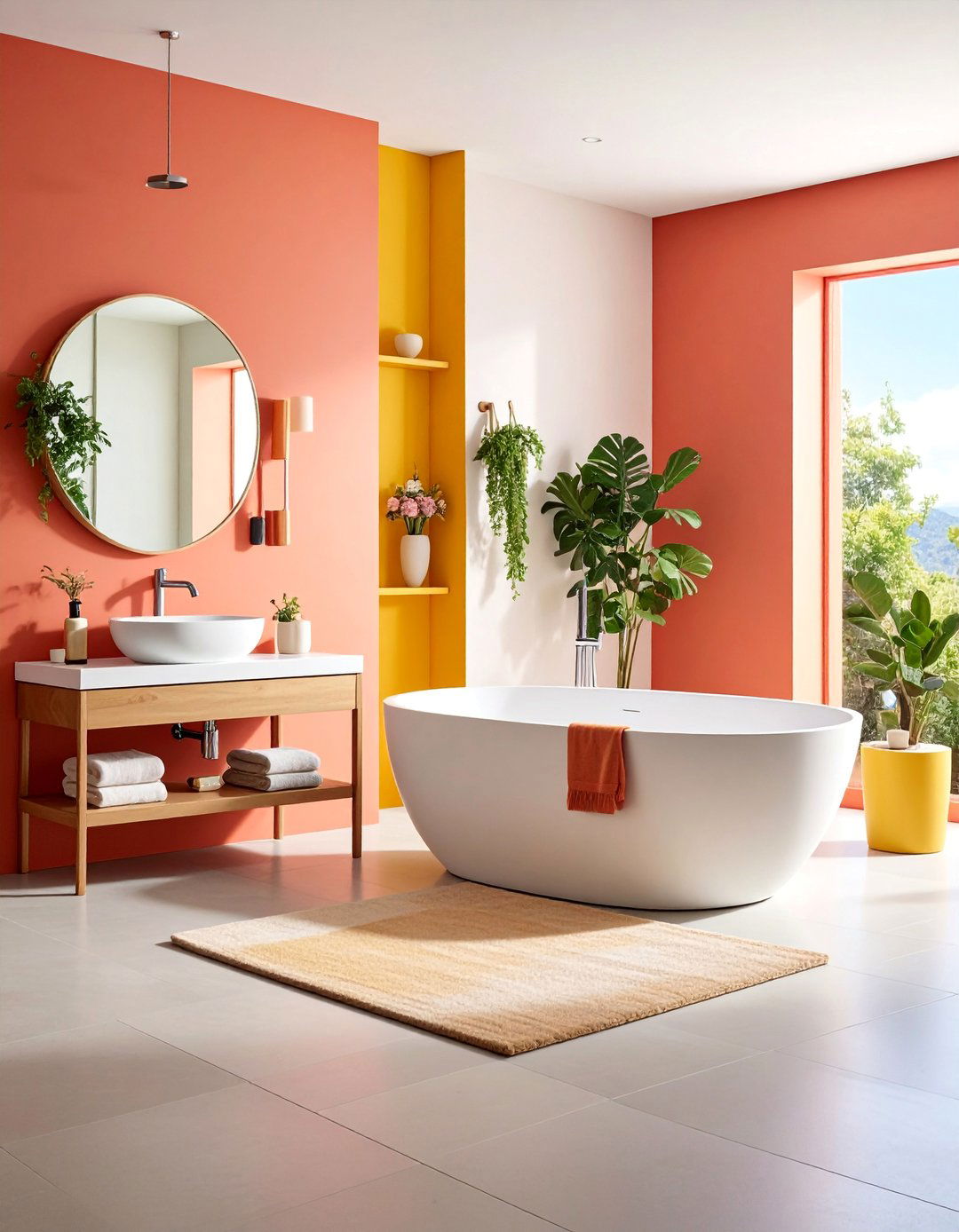
Flexible design accommodates family members of all ages and abilities through adjustable fixtures and multiple height options. Adjustable-height vanities serve children and seated users, while comfort height toilets benefit adults and seniors. The spacious shower includes both fixed and handheld showerheads at varying heights, plus removable seating options. Dual grab bars provide support for users of different heights, and rounded corners throughout prevent injuries. Storage solutions include both high and low options, ensuring everyone can access necessary items. This thoughtful design grows with families, eliminating the need for future renovations while maintaining style and functionality for diverse household needs.
11. Luxury Spa Bathroom with Accessible Amenities

High-end finishes combine with accessibility features to create resort-like experiences at home. A steam shower with bench seating includes aromatherapy dispensers and chromotherapy lighting for therapeutic benefits. Heated floors provide comfort and safety by quickly drying wet surfaces. Premium grab bars in brushed gold finishes complement luxury fixtures while ensuring safety. A soaking tub with lift chair assists users with mobility challenges, while maintaining elegant aesthetics. Smart mirrors with backlighting reduce shadows for better visibility during grooming tasks. This design demonstrates that accessibility and luxury are perfectly compatible, creating spaces that serve practical needs while delivering indulgent experiences that promote well-being.
12. Compact Urban Bathroom with Space-Saving Accessibility

Small spaces require creative solutions that maximize accessibility without compromising functionality. Wall-mounted fixtures create floor space for wheelchair maneuvering, while pocket doors eliminate swing clearance requirements. A corner shower with curved glass enclosure maximizes space while providing curbless entry. Vertical storage solutions keep essentials within reach, and mirror placement creates illusions of spaciousness. LED strip lighting under floating vanities provides guidance while enhancing the sense of space. This design proves that size limitations don't prevent accessibility, offering urban dwellers practical solutions that maintain independence and safety within compact footprints while delivering contemporary style and full functionality.
13. Smart Mirror Bathroom with Health Monitoring Features
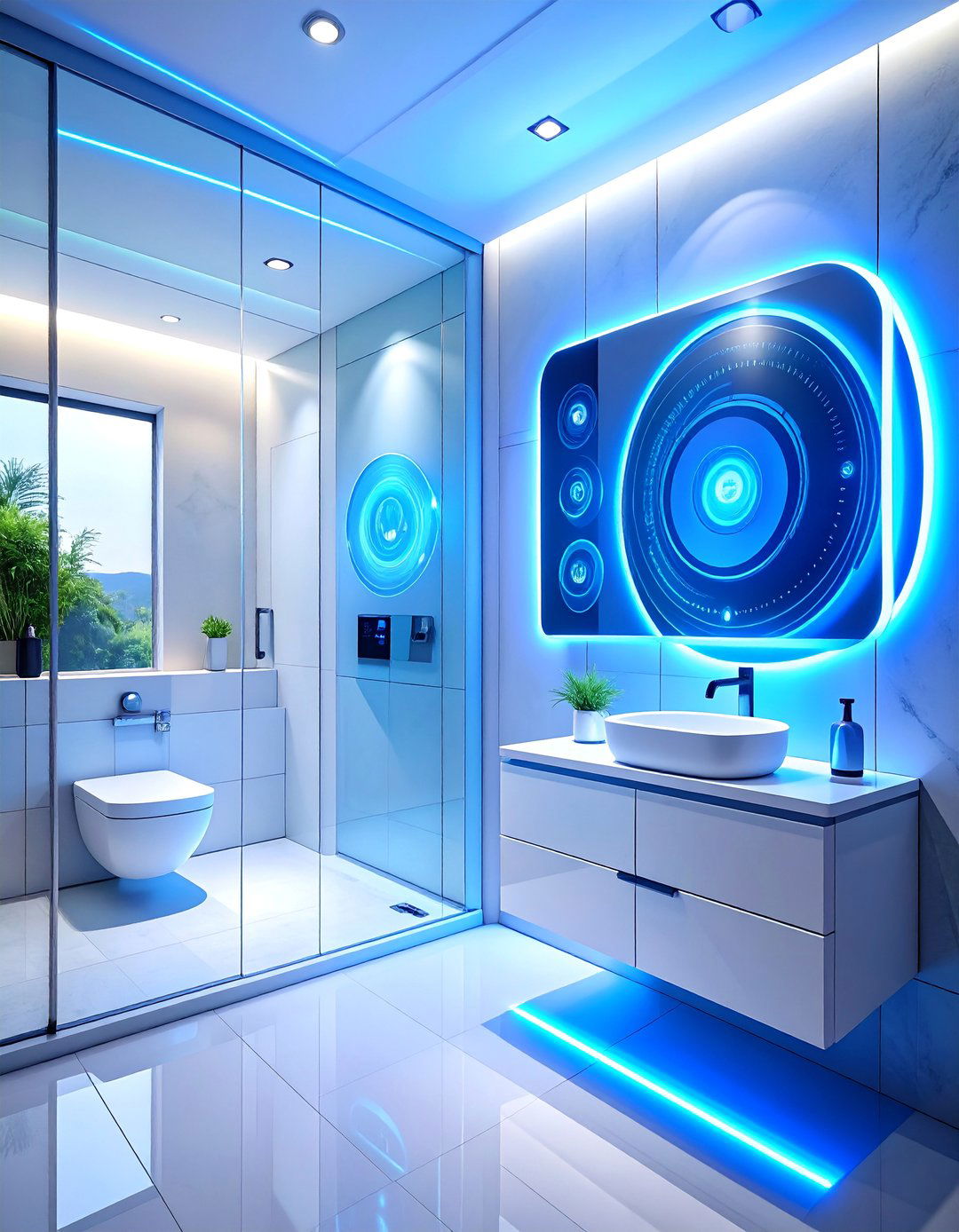
Advanced smart mirrors serve as central command centers for health-conscious users. These mirrors display vital signs, medication reminders, and emergency contacts while providing perfect lighting for daily routines. Voice activation controls lighting, temperature, and music without physical contact. Health monitoring features track skin conditions, posture, and movement patterns over time. The mirror's integrated camera can alert caregivers to potential issues while maintaining privacy. Bluetooth connectivity links to smartphones for appointment reminders and health tracking. This technology-forward design particularly benefits aging adults and individuals managing chronic conditions, providing reassurance and independence while maintaining connection to healthcare providers and family members through innovative monitoring capabilities.
14. Color-Contrast Bathroom for Visual Accessibility
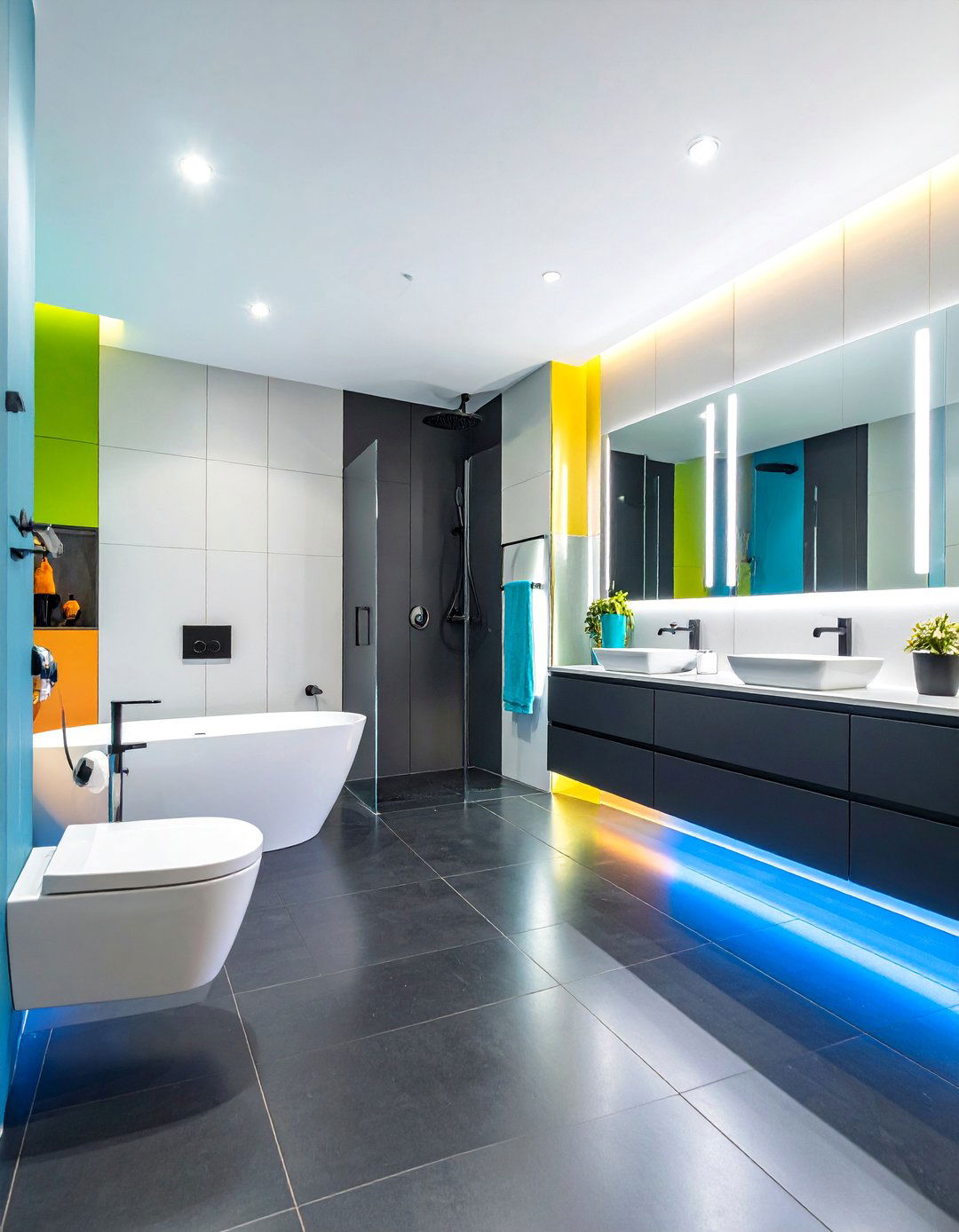
High-contrast design elements assist users with visual impairments while creating striking contemporary aesthetics. Dark floors with light walls provide clear navigation cues, while contrasting trim around fixtures defines boundaries. Tactile tiles mark shower entries and toilet locations, providing non-visual navigation aids. LED strip lighting under vanities eliminates shadows while highlighting floor changes. Matte black grab bars against white walls ensure visibility, and large-print labels identify storage areas. Voice-activated fixtures reduce dependence on visual controls, while textured surfaces prevent slips. This inclusive design demonstrates how accessibility features enhance usability for everyone while creating visually appealing spaces that support independence for users with varying vision capabilities.
15. Emergency-Ready Bathroom with Safety Alert Systems

Comprehensive safety systems provide peace of mind for users and caregivers through integrated emergency features. Pull-cord alert systems in showers and near toilets connect to monitoring services, while motion sensors detect falls and extended inactivity. Emergency lighting activates during power outages, and backup communication systems ensure help can be summoned. Non-slip surfaces throughout prevent accidents, and rounded edges eliminate injury risks. Temperature controls prevent scalding, while automatic shut-offs prevent flooding. Medical equipment storage includes secure areas for wheelchairs and mobility aids. This safety-focused design provides comprehensive protection while maintaining dignity and independence, making it ideal for aging in place or post-injury recovery situations.
16. Sensory-Friendly Bathroom with Calming Elements
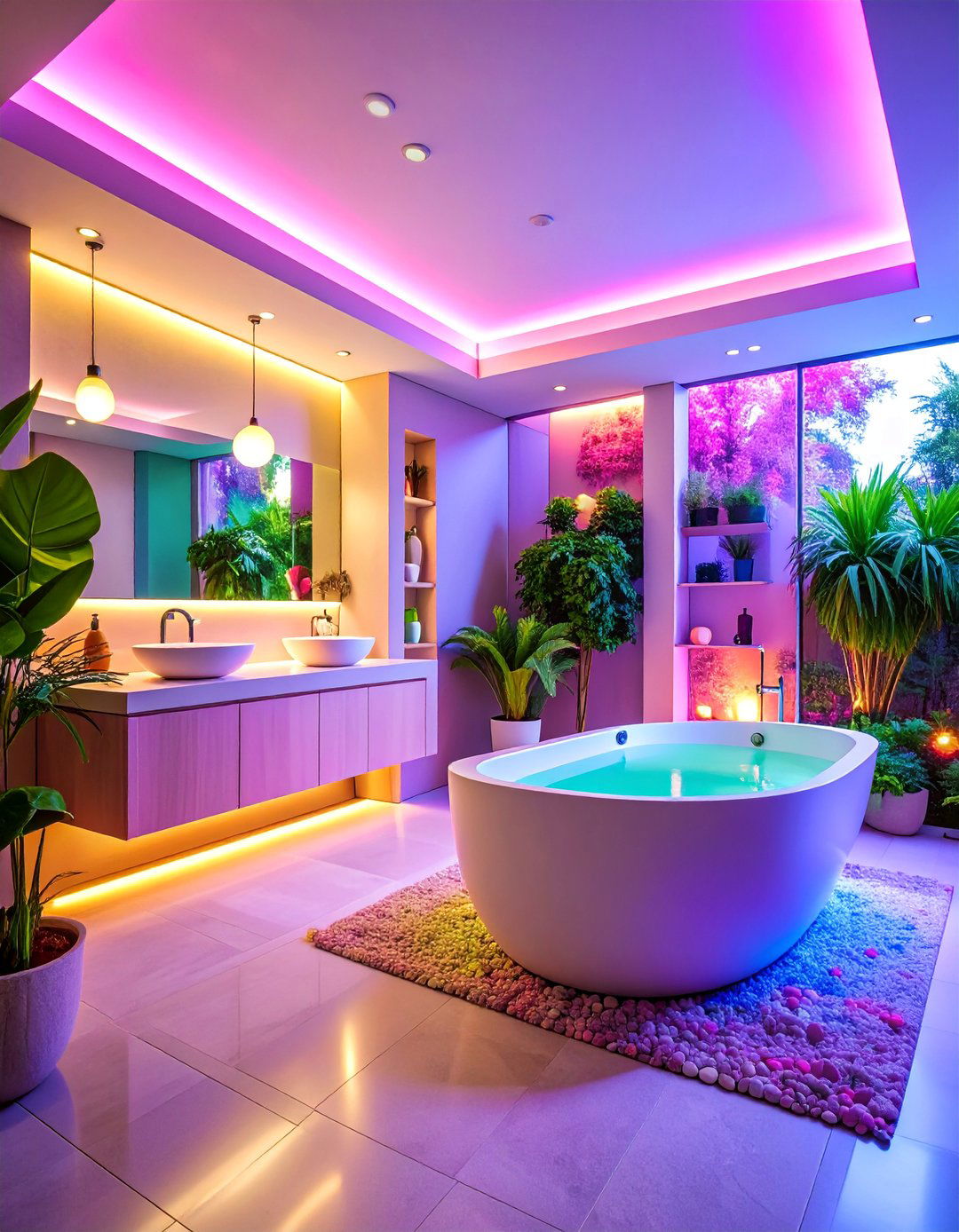
Sensory considerations create comfortable environments for users with autism, dementia, or anxiety disorders. Soft lighting eliminates harsh shadows and flickering, while sound dampening materials reduce echo and noise. Smooth surfaces minimize tactile discomfort, and consistent color schemes reduce visual overstimulation. Temperature controls maintain comfortable environments, while aromatherapy dispensers provide calming scents. Simple, intuitive controls reduce confusion, and visual cues guide users through daily routines. Safety features include soft-close mechanisms and rounded edges throughout. This therapeutic design approach recognizes that accessibility extends beyond physical limitations, creating spaces that support mental and emotional well-being while maintaining practical functionality for diverse users.
17. Bariatric Bathroom with Reinforced Accessibility Features
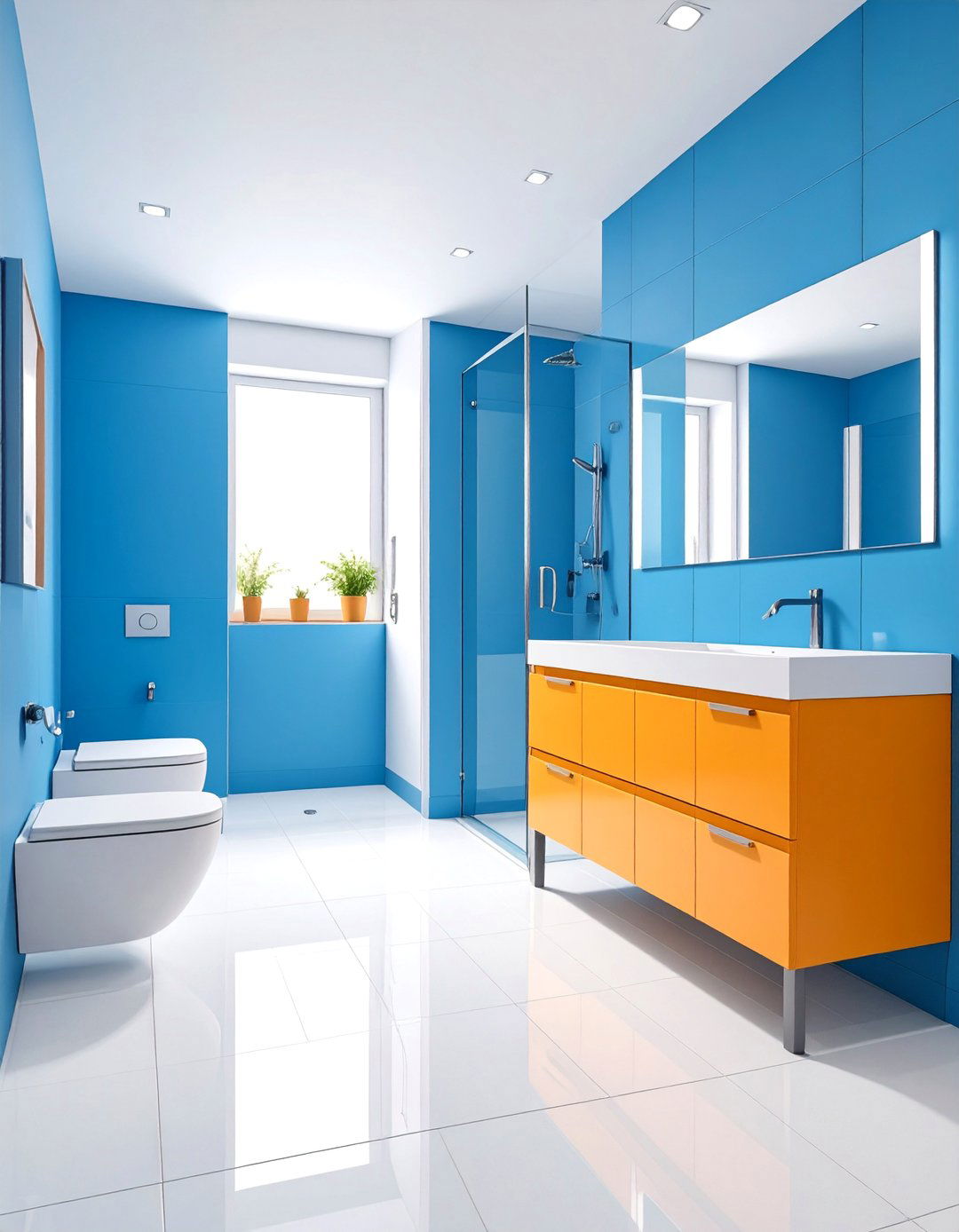
Specialized design accommodates plus-size users through reinforced fixtures and expanded clearances. Extra-wide doorways of 42 inches accommodate mobility equipment, while reinforced flooring supports increased weight loads. Wall-hung toilets with extended depth provide comfort and dignity, and grab bars rated for 500+ pounds ensure safety. Wider shower spaces accommodate larger wheelchairs and caregivers, while built-in seating supports various body types. Reinforced plumbing accommodates specialized fixtures, and expanded turning radii provide comfortable navigation. Higher vanity heights reduce bending requirements, while lever-style controls require minimal effort. This inclusive design recognizes diverse body types and needs, ensuring equal access and comfort for all users while maintaining attractive contemporary aesthetics.
18. Voice-Controlled Lighting Bathroom with Mood Settings
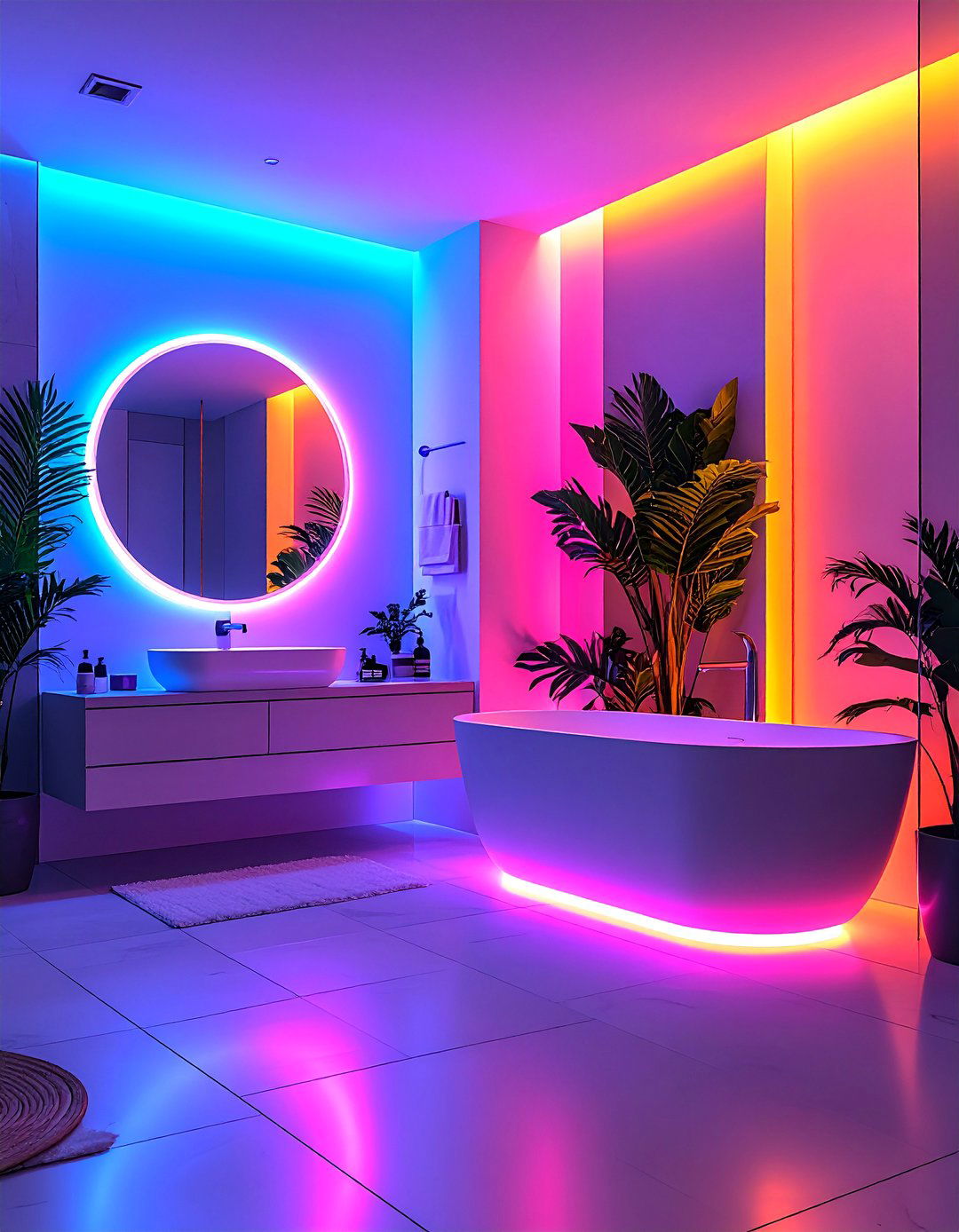
Advanced lighting systems respond to voice commands while providing therapeutic benefits through customizable settings. Circadian rhythm lighting adjusts throughout the day, supporting healthy sleep patterns and alertness. Motion sensors provide gentle nighttime illumination without disturbing sleep, while emergency lighting ensures safety during outages. Task lighting around mirrors eliminates shadows for grooming activities, and accent lighting creates ambiance for relaxation. Voice controls eliminate the need for physical switches, benefiting users with limited mobility or dexterity. Smart integration allows remote monitoring by caregivers, while energy-efficient LED technology reduces utility costs. This lighting-focused design demonstrates how thoughtful illumination enhances accessibility while creating therapeutic environments that support overall well-being.
19. Grab Bar Integration Bathroom with Decorative Safety Features
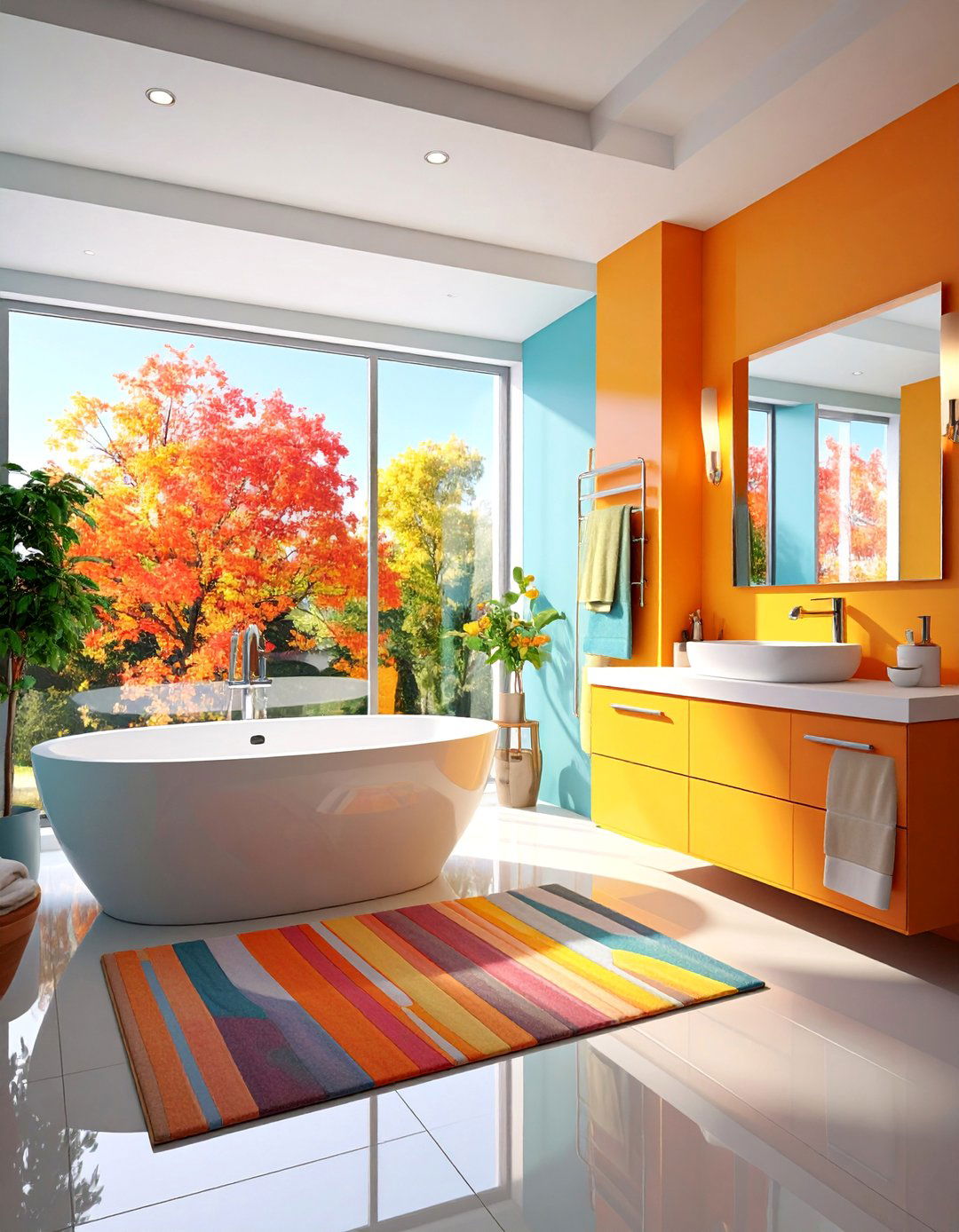
Creative grab bar placement combines safety with aesthetic appeal through integrated design solutions. Towel warming rails double as support bars, providing dual functionality with elegant finishes. Corner shelving incorporates grab features while offering storage for toiletries and safety equipment. Decorative handrails follow ADA placement guidelines while appearing as intentional design elements. Multiple grab points accommodate users of different heights and mobility levels, with ratings exceeding 300-pound capacity. Installation uses proper backing and mounting techniques for maximum safety. Various finishes coordinate with existing fixtures, maintaining design cohesion. This approach eliminates institutional appearances while ensuring comprehensive safety support, proving that accessibility features can enhance rather than detract from bathroom aesthetics.
20. Aging-in-Place Bathroom with Future-Proof Design

Adaptable design accommodates changing needs over time through flexible infrastructure and planning. Reinforced walls allow future grab bar installation without major renovation, while electrical rough-ins support potential technology upgrades. Removable vanity sections can accommodate future wheelchair access, and shower areas include provisions for seating installation. Door frames accommodate standard and wider doors, while flooring transitions prevent tripping hazards. Plumbing rough-ins support future accessibility fixtures, and lighting plans include multiple switch locations. This forward-thinking approach allows homeowners to age comfortably in their homes while minimizing future renovation costs and disruption. Smart planning ensures long-term independence and safety through thoughtful design decisions.
21. Wheelchair Sports Athlete Bathroom with Performance Features

Specialized design supports active wheelchair users with performance-oriented features and equipment storage. Roll-in showers include sports equipment washing areas with specialized drainage and ventilation. Temperature controls support muscle recovery through precise water temperature management, while built-in seating accommodates equipment maintenance. Drying areas for wet gear include proper ventilation and drainage, and storage solutions secure expensive adaptive equipment. Emergency communication systems ensure safety during intense recovery sessions, while therapeutic features support injury prevention and treatment. This athletic-focused design recognizes that accessibility extends beyond basic needs, supporting active lifestyles and competitive pursuits while maintaining all essential safety and accessibility features for high-performance users.
22. Technology Integration Bathroom with Home Automation

Comprehensive smart home integration creates seamless accessibility through coordinated systems and automated responses. Voice assistants control all bathroom functions while connecting to home security and health monitoring systems. Smartphone apps provide remote access for caregivers and family members, enabling monitoring and assistance. Automated systems adjust lighting, temperature, and ventilation based on occupancy and preferences. Smart scales and health monitors integrate with medical providers for ongoing care coordination. Emergency protocols connect to local services and designated contacts automatically. This fully integrated approach demonstrates how technology enhances independence while providing safety nets and support systems for users with varying abilities and health conditions.
23. Luxury Walk-In Shower with Spa Amenities
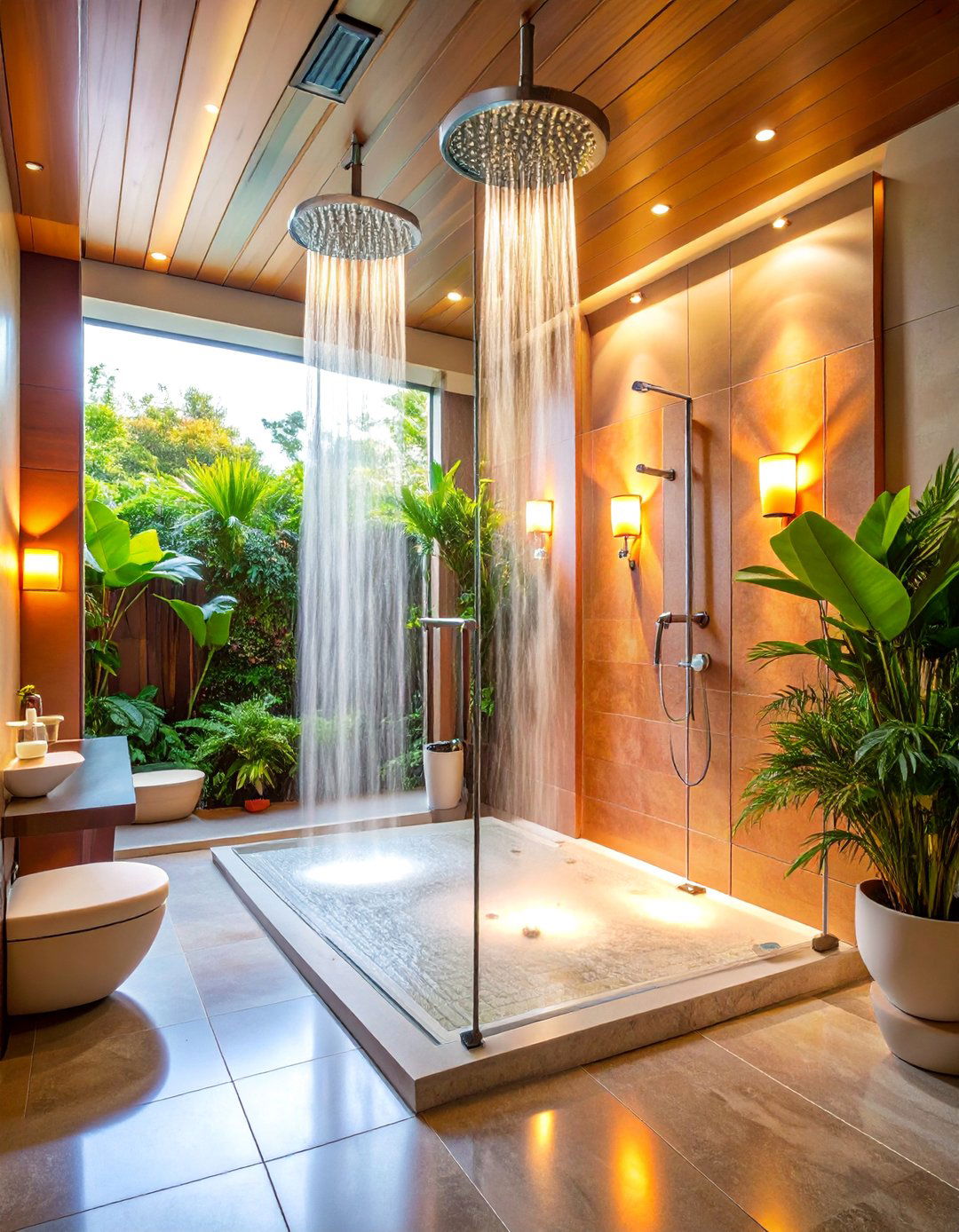
Premium accessibility combines with resort-style amenities to create therapeutic bathing experiences. Multiple showerheads include rain, body spray, and handheld options with digital temperature controls and memory settings. Built-in seating features heated surfaces and ergonomic design for extended comfort. Steam generation systems provide therapeutic benefits for respiratory and muscle health, while aromatherapy and chromotherapy create calming environments. Premium grab bars in luxury finishes provide safety without compromising aesthetics. Sound systems enable relaxation or therapy programming, and air purification systems maintain optimal air quality. This high-end approach proves that accessibility and luxury are complementary, creating spaces that promote healing while delivering five-star experiences for users with mobility challenges.
24. Caregiver-Friendly Bathroom with Dual Access Design
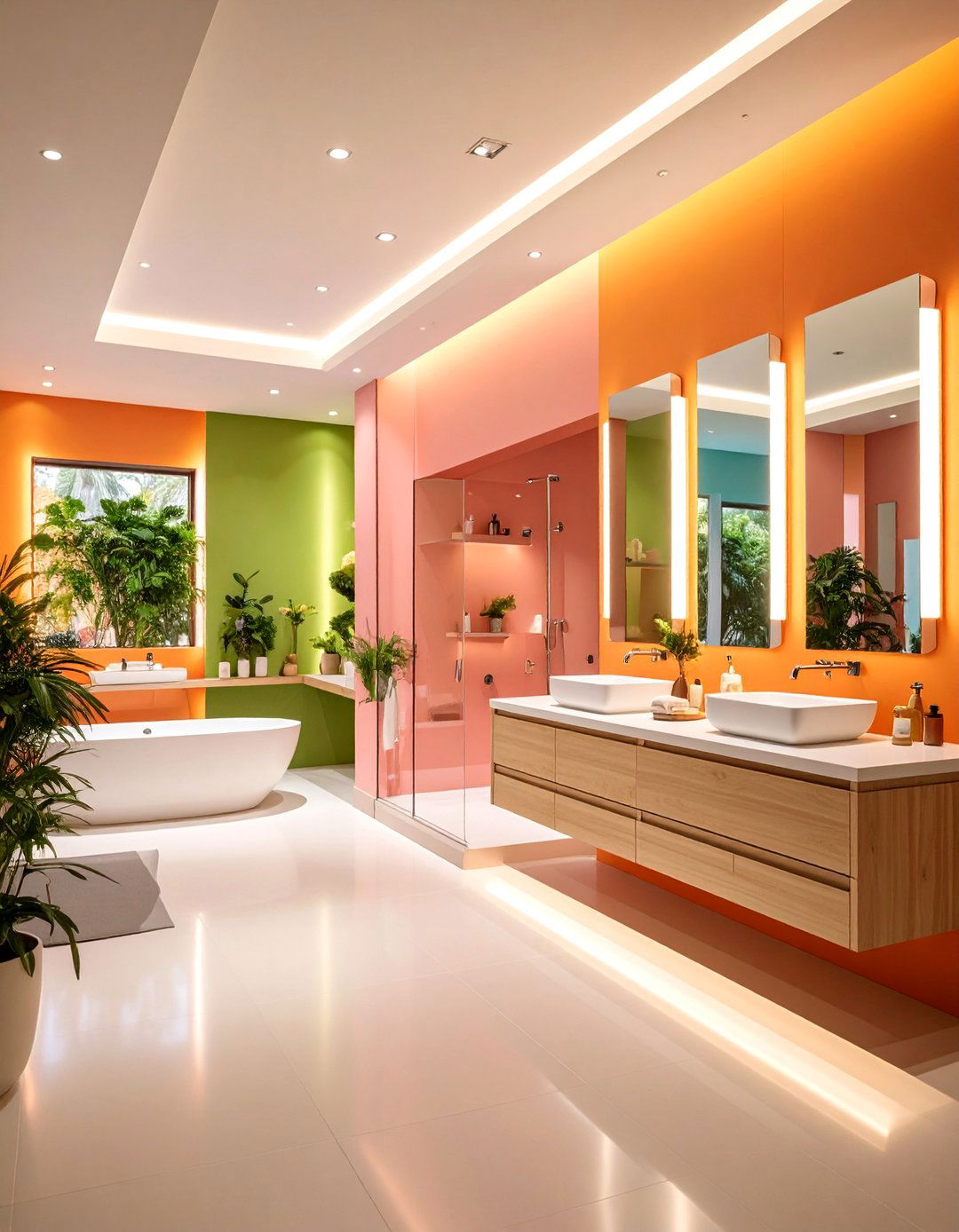
Thoughtful layout accommodates both users and caregivers through expanded spaces and specialized features. Wide passages allow two-person assistance while maintaining privacy and dignity for users. Dual-height fixtures serve both seated and standing users effectively, and storage solutions organize medical supplies and adaptive equipment. Emergency communication systems connect caregivers with medical professionals, while specialized lighting supports detailed care tasks. Slip-resistant surfaces protect both users and caregivers, and reinforced fixtures support transfer assistance. This collaborative design recognizes that many users require assistance while maintaining their independence wherever possible. The result is a functional space that supports caregiving relationships while preserving dignity and autonomy.
25. Budget-Friendly Accessible Bathroom with Essential Features
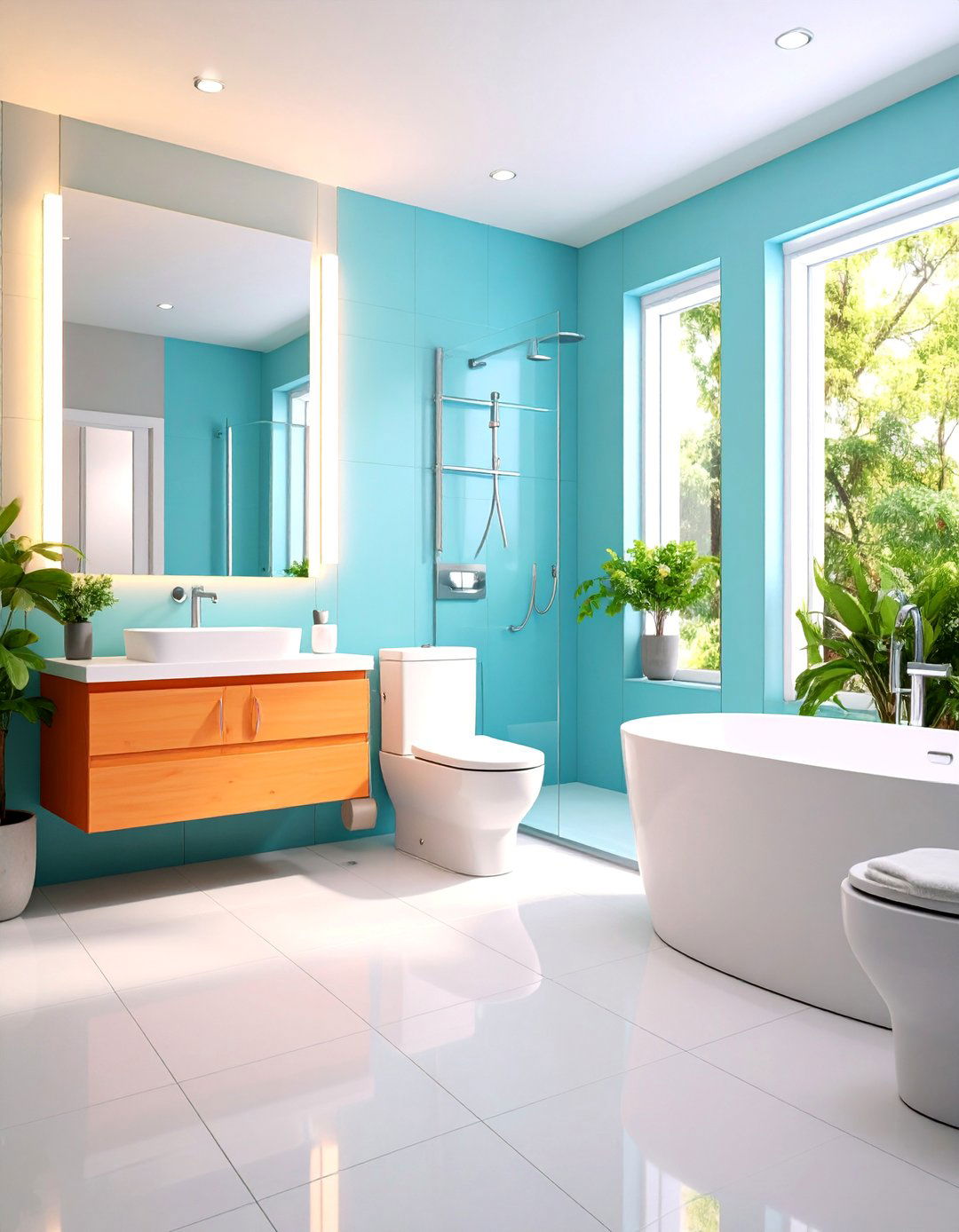
Cost-effective accessibility focuses on essential safety features while maintaining attractive design through strategic choices. Grab bars in standard finishes provide safety without premium costs, while comfort height toilets offer improved accessibility at minimal price increases. Lever-style faucets and door handles cost little more than standard options while dramatically improving usability. Non-slip strips and mats provide immediate safety improvements, and improved lighting uses energy-efficient LED technology. Gradual improvements allow phased renovations that spread costs over time while addressing immediate safety needs. This practical approach demonstrates that accessibility doesn't require major financial investment, enabling more families to create safer environments while maintaining budgetary constraints and future upgrade possibilities.
Conclusion:
These 25 handicap bathroom ideas demonstrate that accessibility and style are perfectly compatible. From budget-friendly essential modifications to luxury spa-like retreats, modern accessible design offers solutions for every need and budget. Whether incorporating smart technology, universal design principles, or specialized features for specific conditions, today's accessible bathrooms prioritize independence, safety, and dignity while maintaining aesthetic appeal. These thoughtful designs support aging in place, accommodate diverse abilities, and create welcoming spaces for all users, proving that inclusive design benefits everyone.


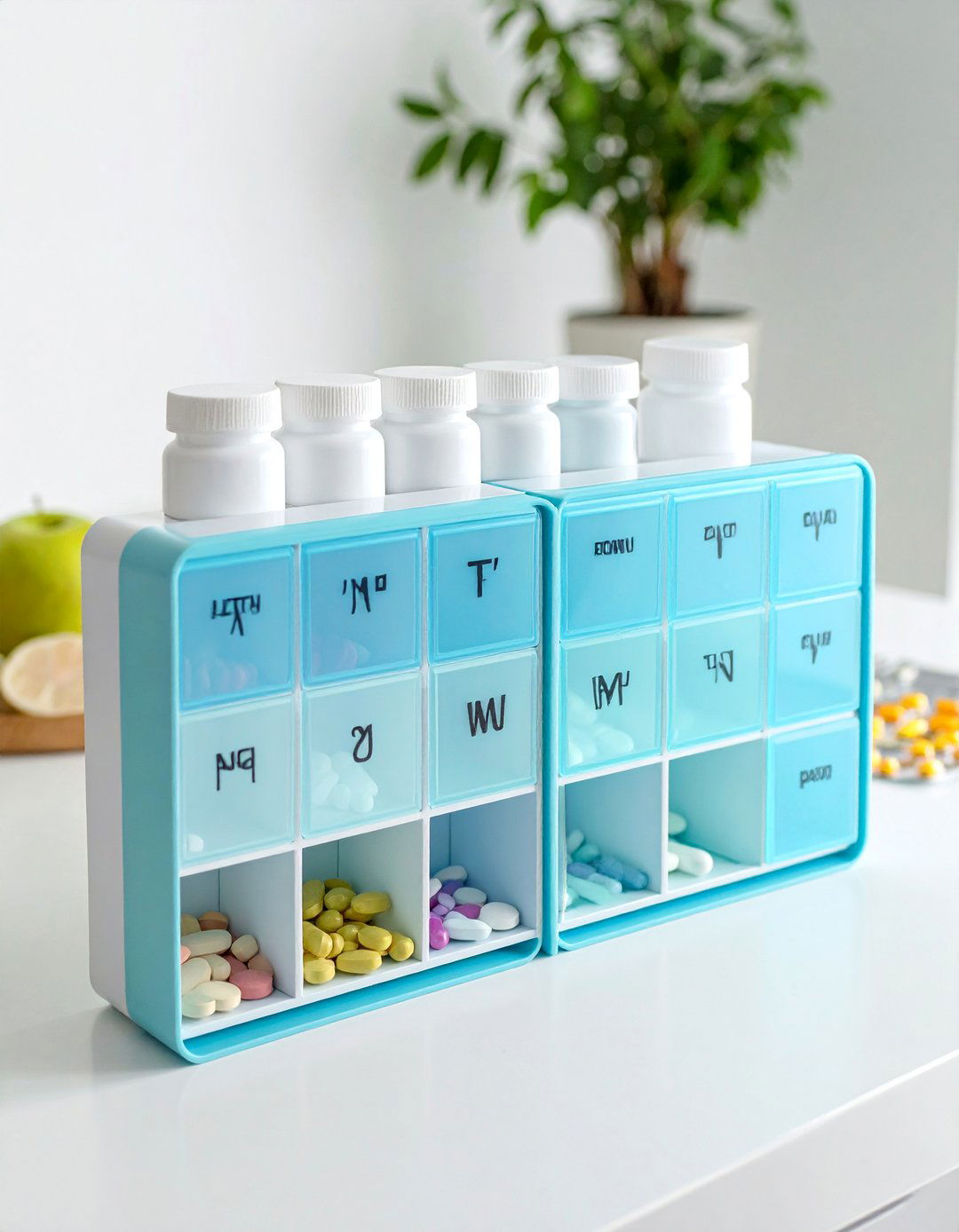
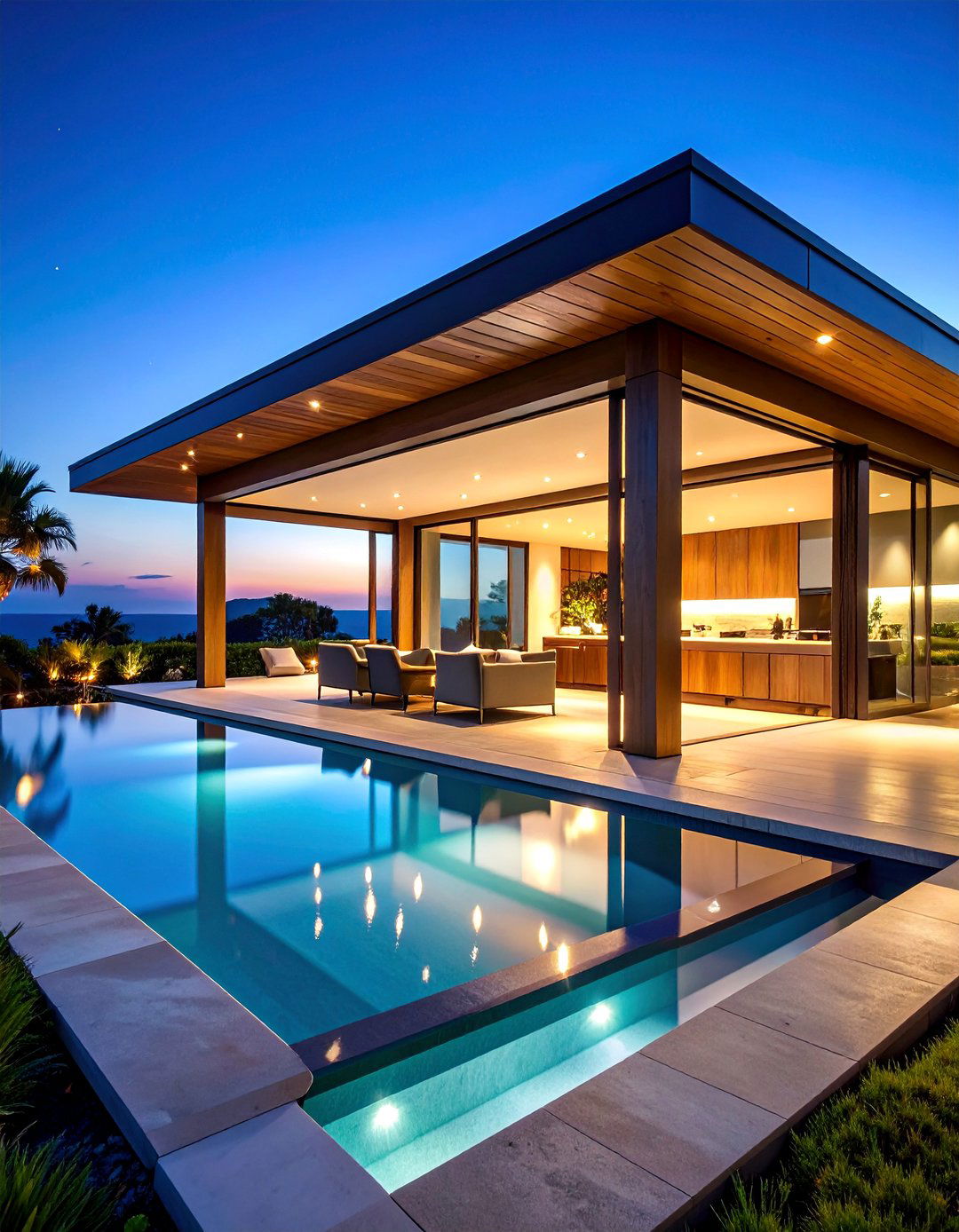
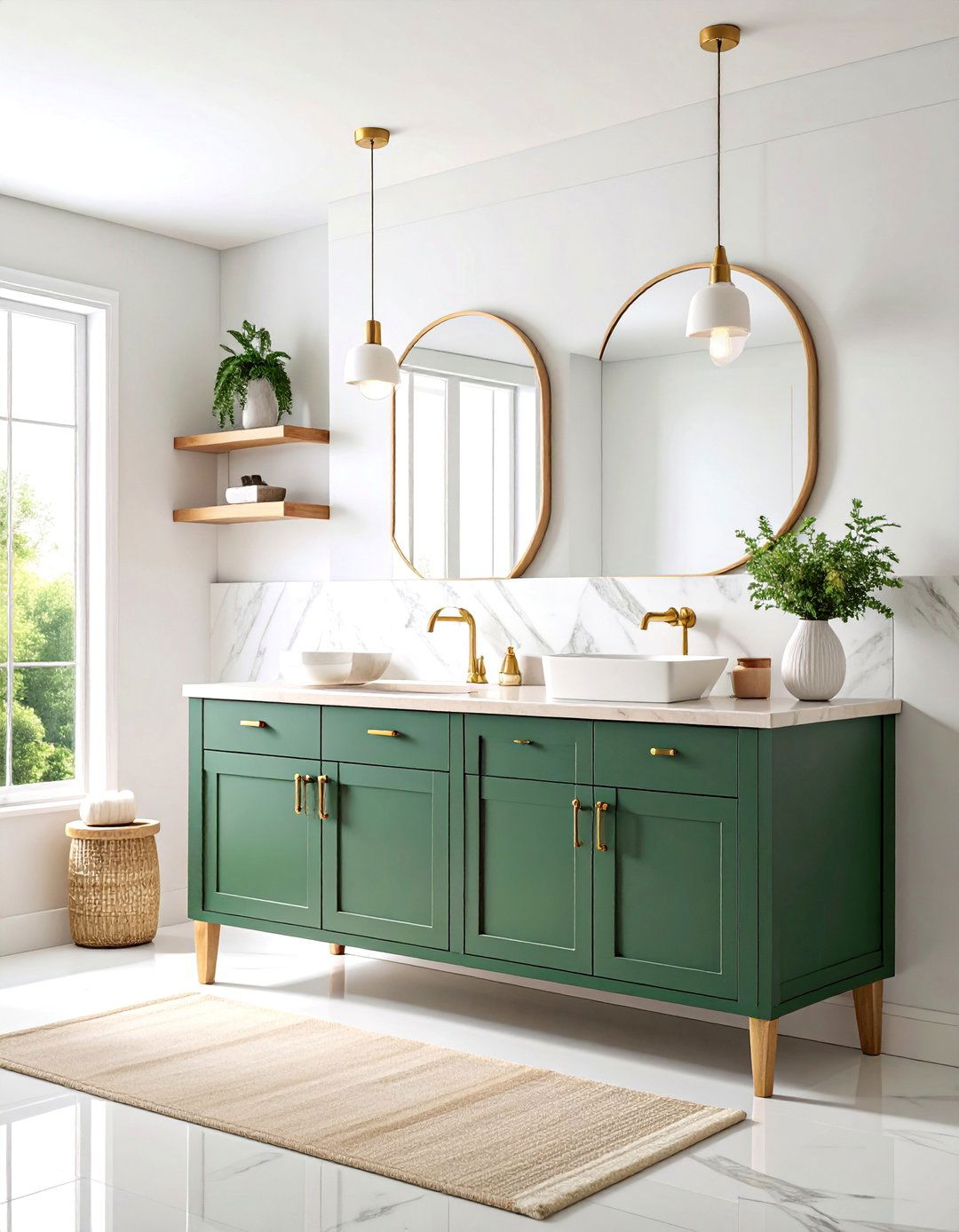

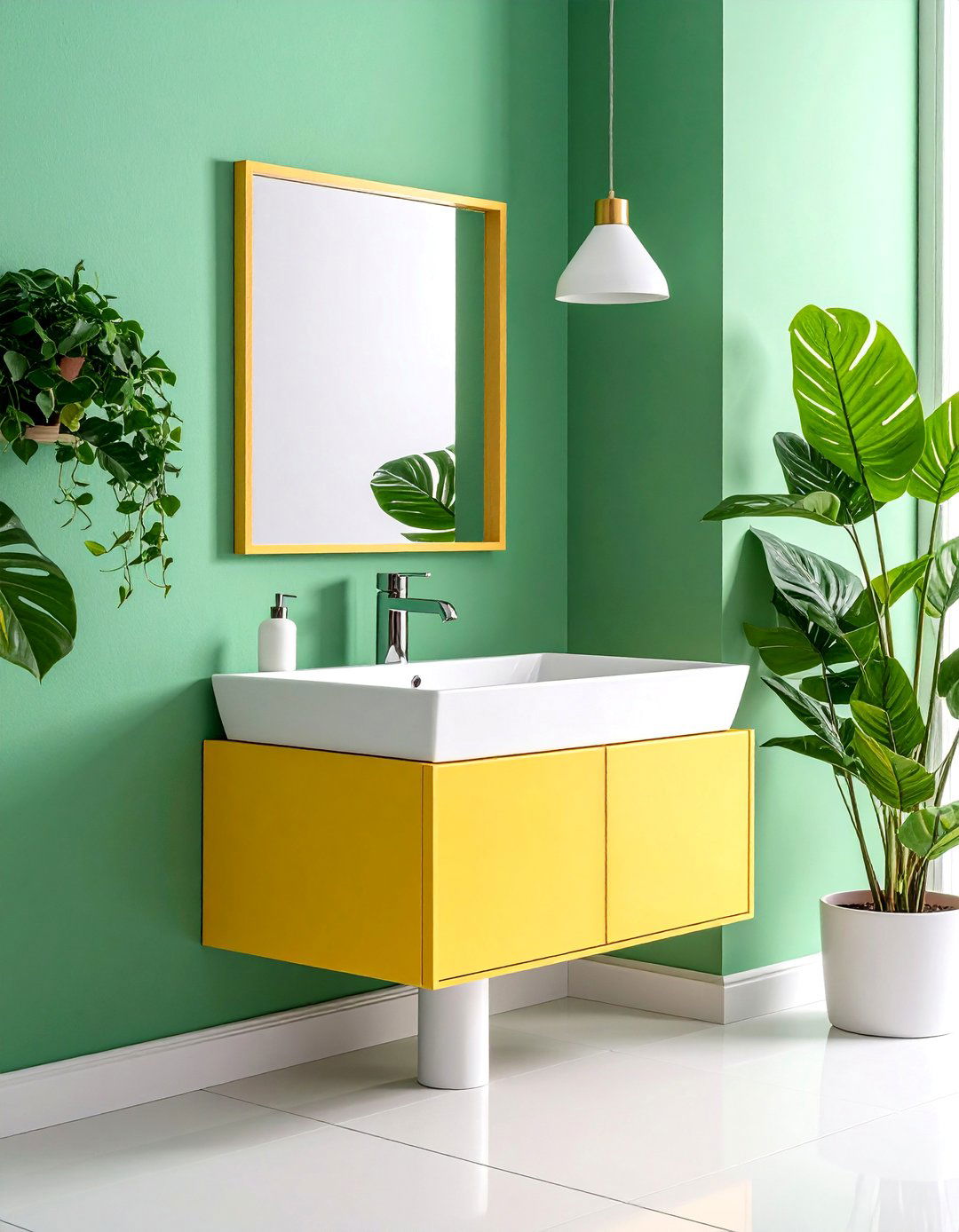
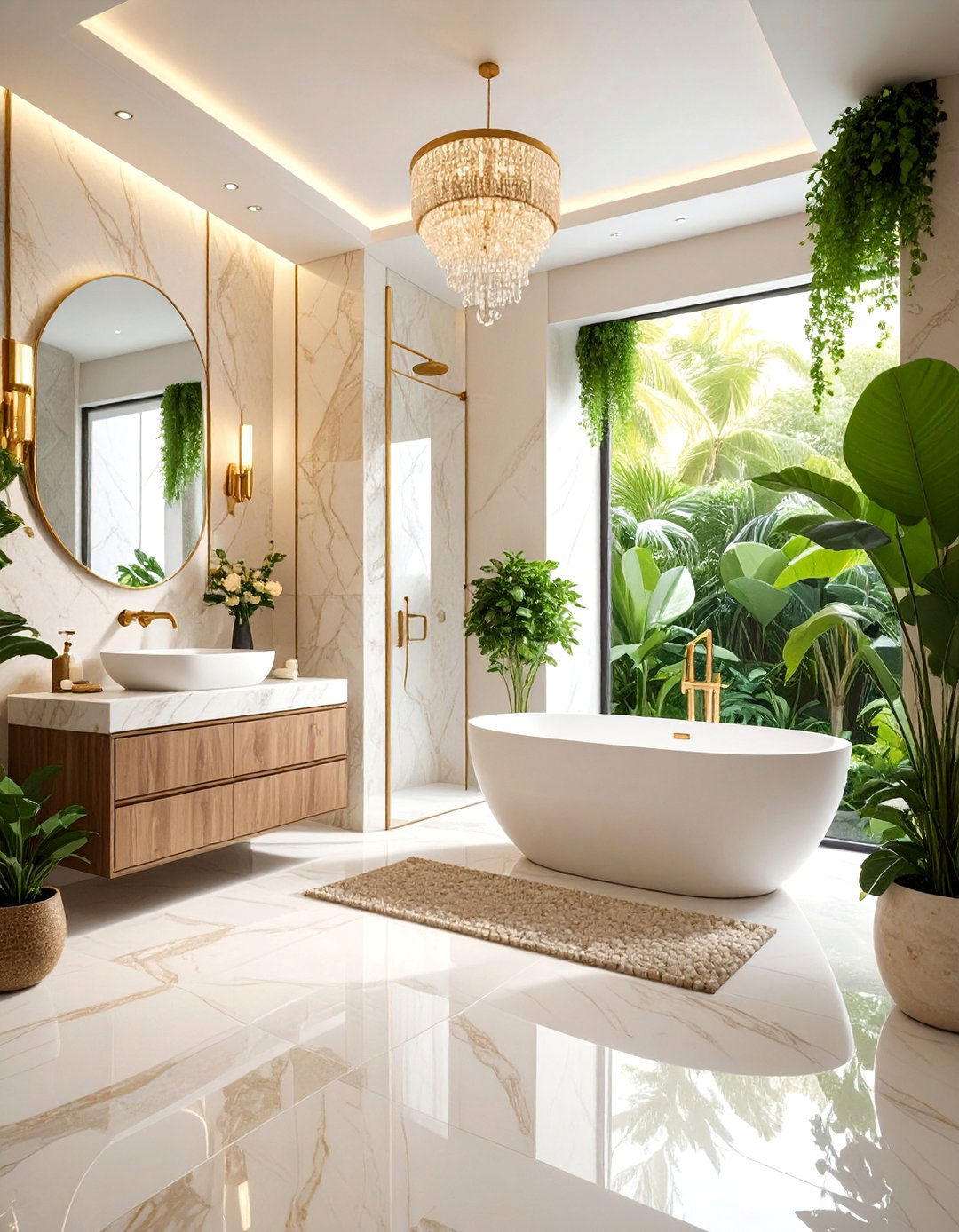
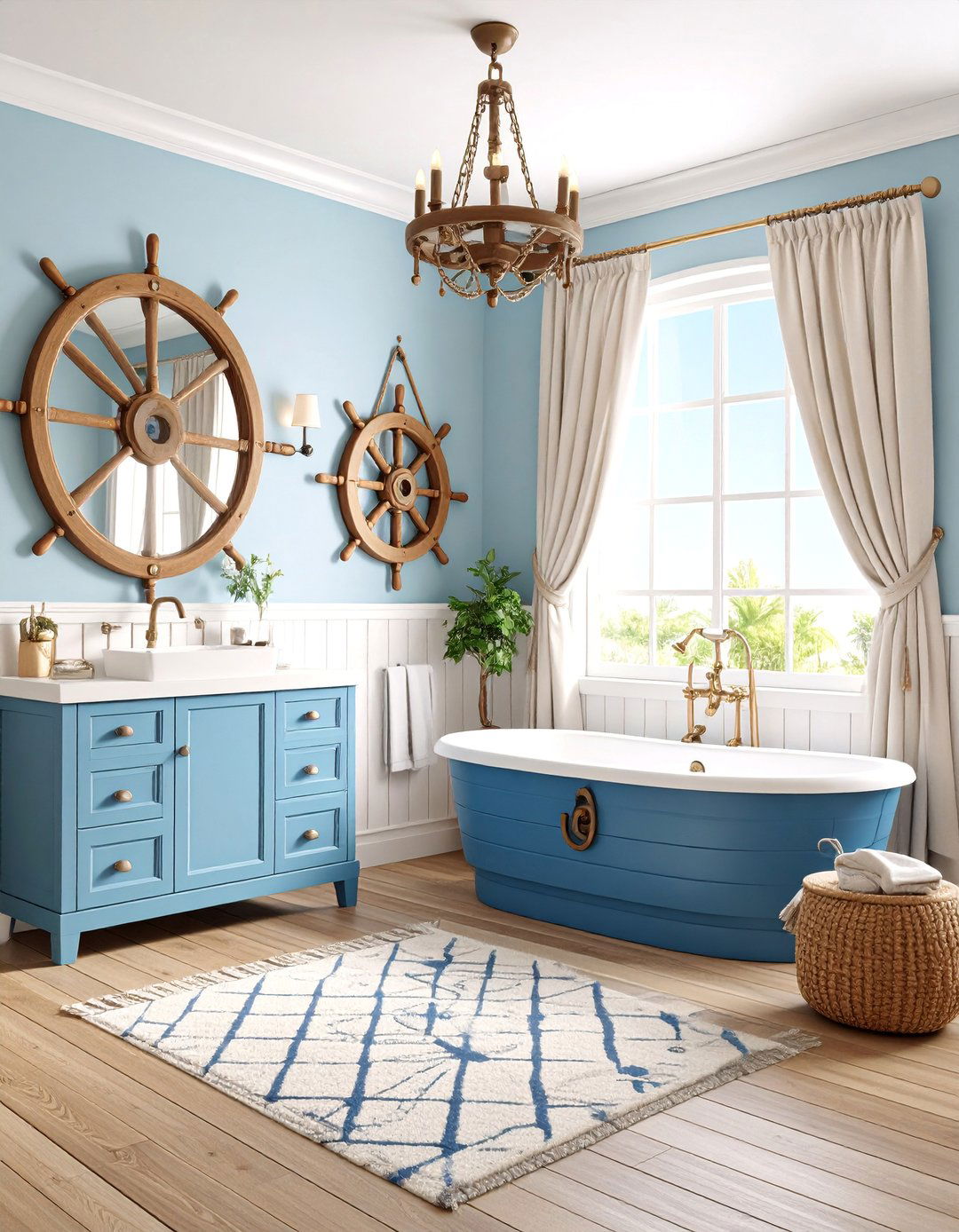



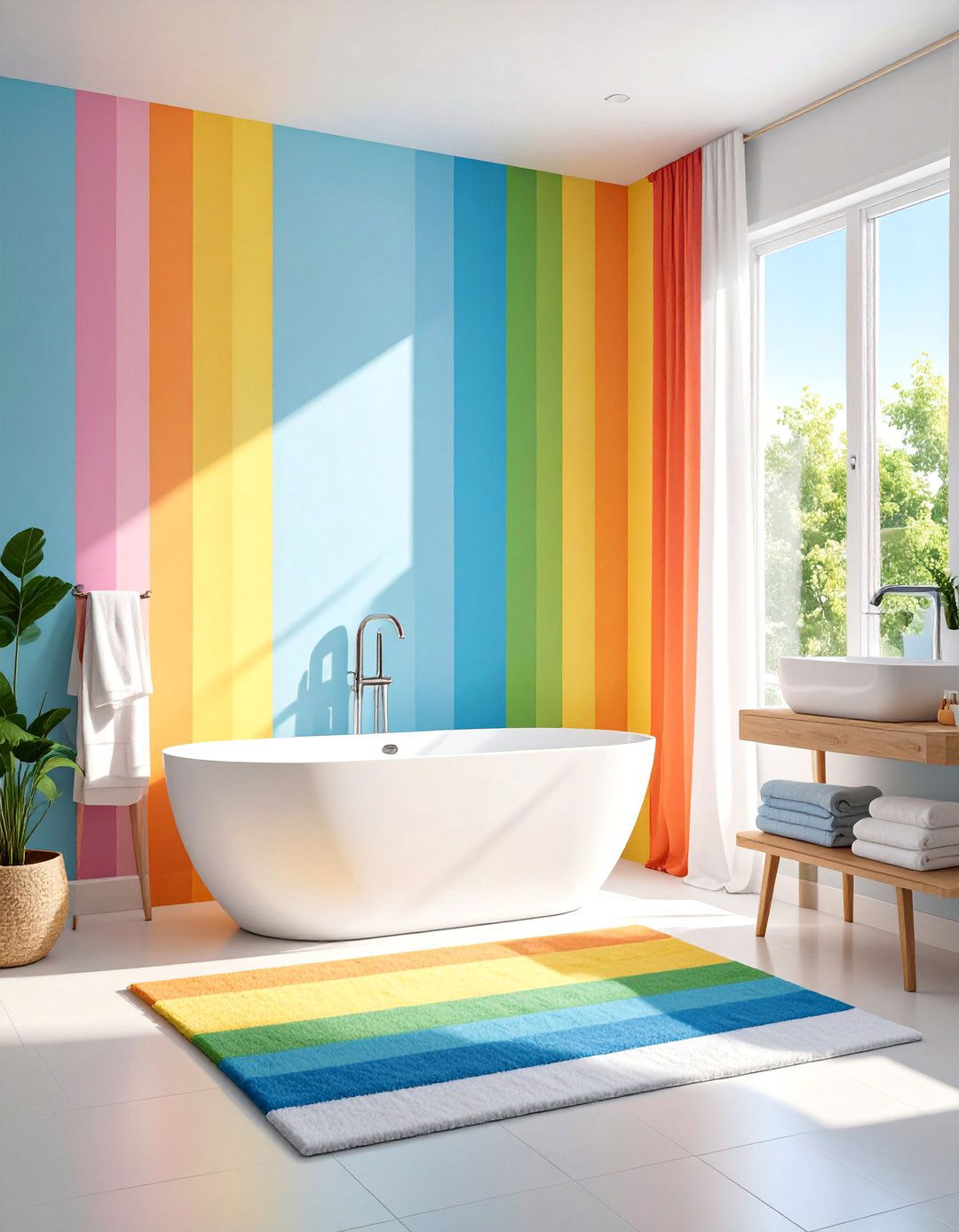
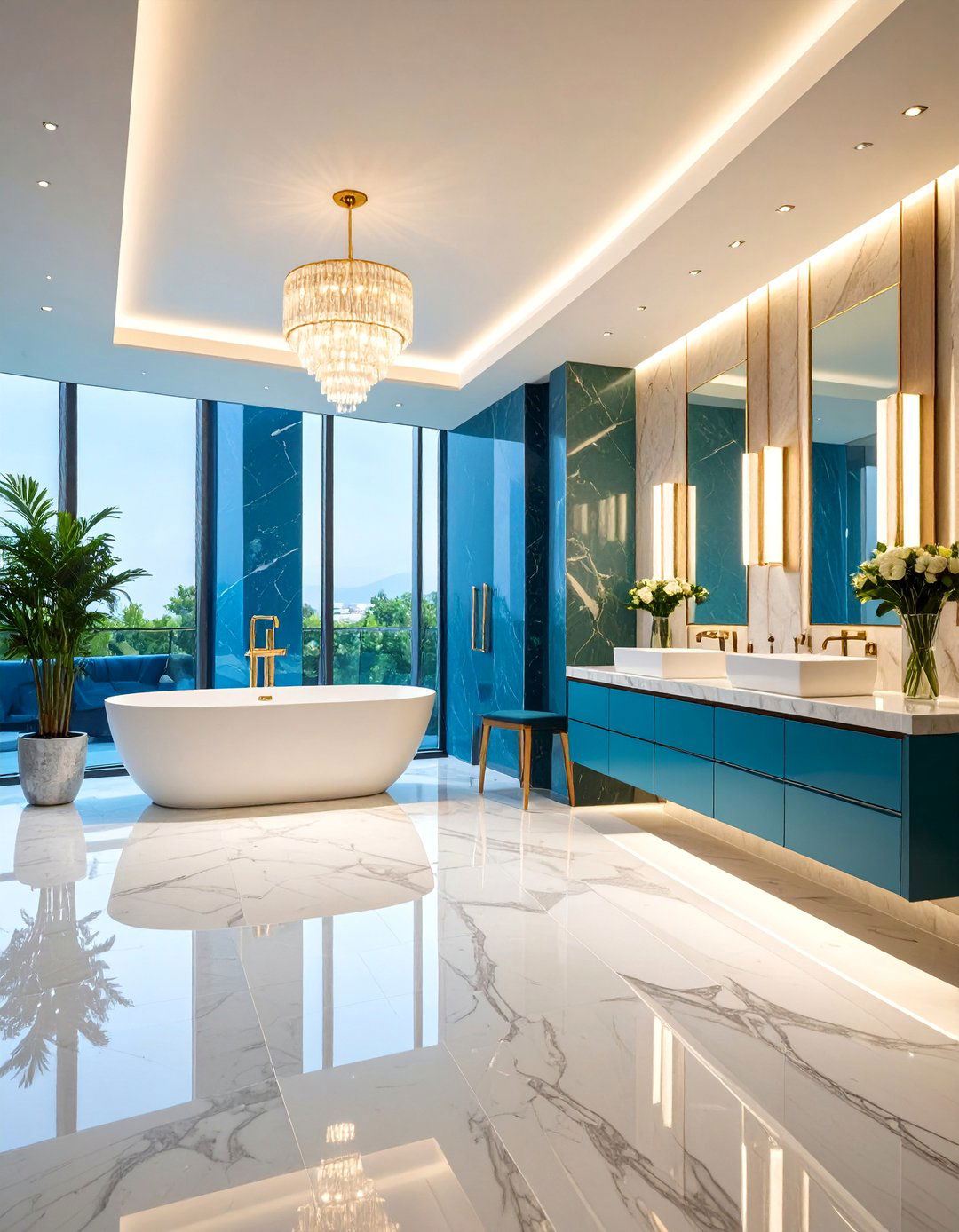
Leave a Reply